SIMPLE / SMART / SUSTAINABLE / STORIES
SO DOGGONE HARD TO SLEEP SUSTAINABLY Room for Change to the Rescue
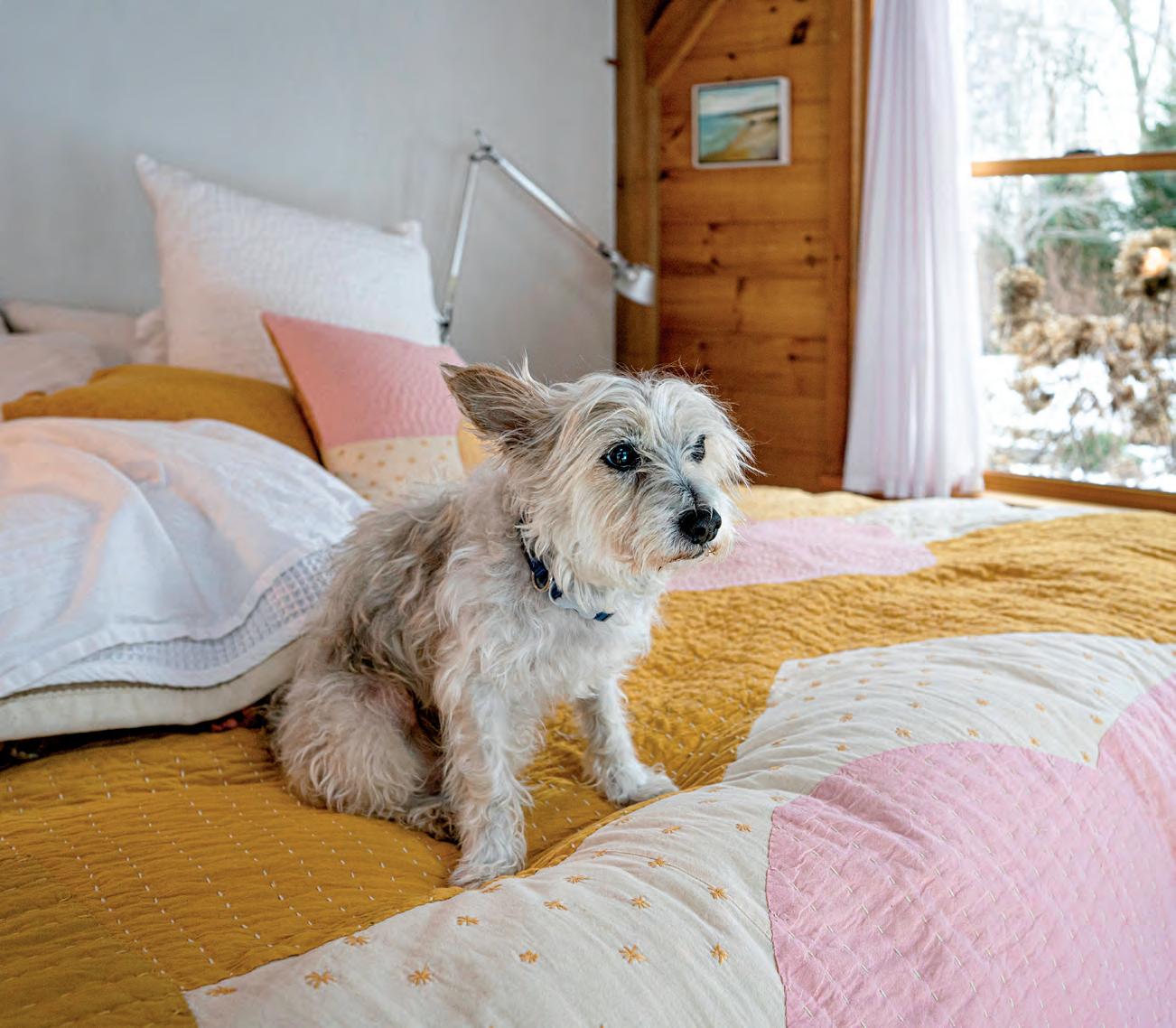
IT'S ELECTRIC! Cruising with Currier on the VTA
WE ARE ALL WHALERS A Scientist Tries to Make Right by Right Whales
WHAT'S SO BAD ABOUT INVASIVE SPECIES? Do Skunks Count?
MARTHA’S VINEYARD / WINTER – EARLY SPRING 2022
TM
The Whole Leek · Local Hero: Jonah Maidoff · Good Gardens
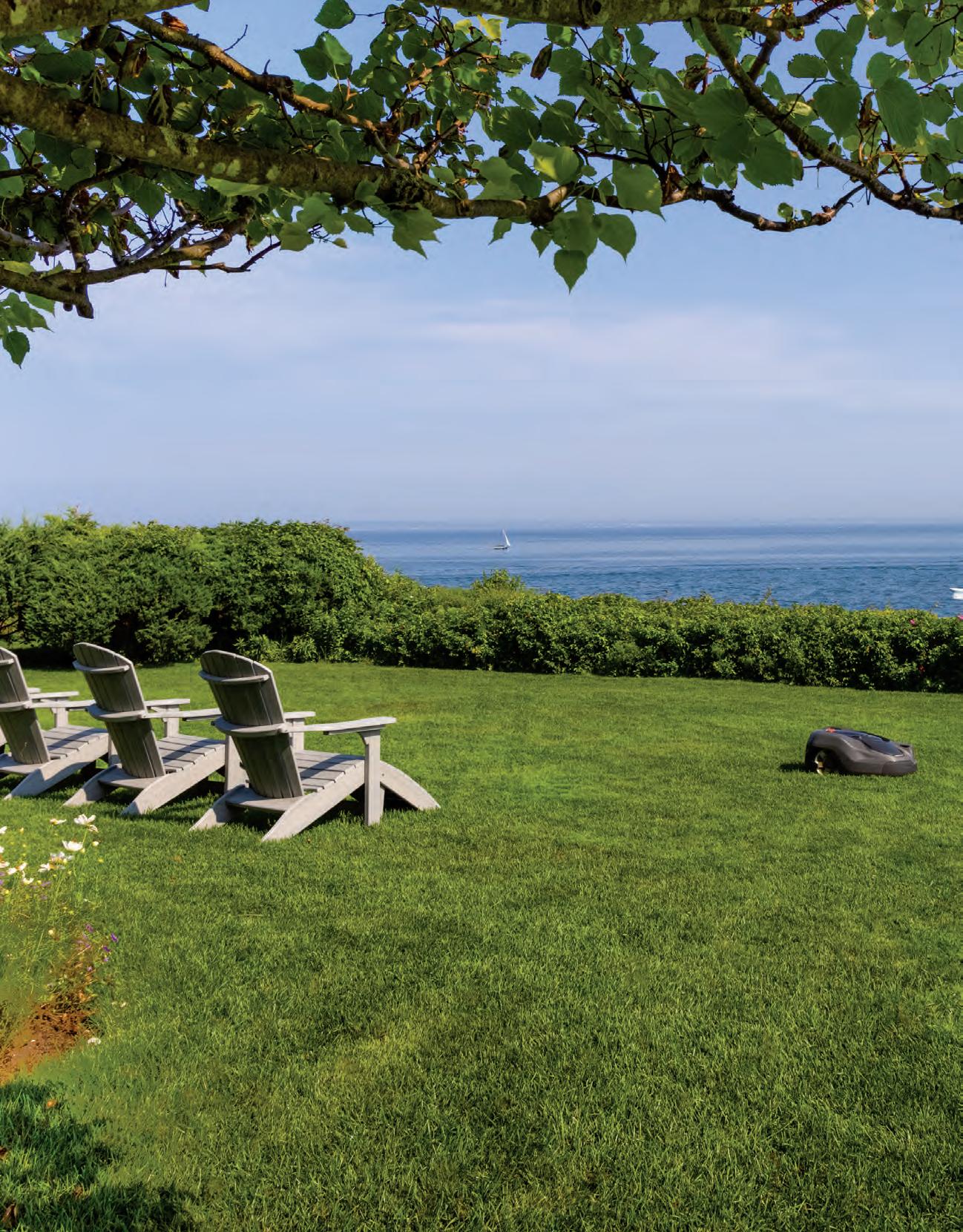


EXPERIENCE NOISE-FREE, CARBON-NEUTRAL, LAWN-CARE PERFECTION. EVERY DAY. Greener’s turnkey solution elevates your landscaper’s service with: Join today by visiting us at www.gogreener.us/get-started • Daily golf-course quality care • Dedicated lawn-care monitoring • Health and progress photo diaries • Customized case management
WEST TISBURY COMPOUND WITH EQUESTRIAN BARN


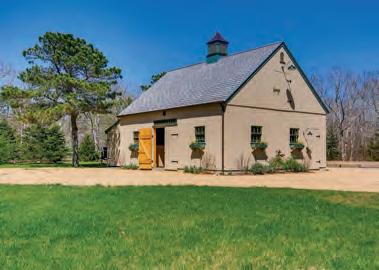

This oak post and beam home shares three acres with a guest cottage, three car garage and a three-stall barn. Main - high efficiency hydronic heat, central air, three ensuite bedrooms (one on the first floor), chef’s kitchen with walk-in pantry, mudroom/laundry room, half bath for visitors and a farmer’s porch. Guest - fully insulated, heated, and air conditioned with full bath and laundry. Barn – post and beam with concrete foundation and a loft. The stalls were configured to be easily removed for future possibilities. Property has multi-zoned irrigation and features stone walls, picket fencing, gardens, and paddocks. Exclusively offered at $3,200,000

An Independent Firm Specializing in Choice Properties for 50 Years 504 State Road, West Tisbury MA 02575 Beetlebung Corner, Chilmark MA 02535 www.tealaneassociates.com
508.645.2628 Chilmark
508.696.9999 West Tisbury
ENJOY MORE TIME OUTSIDE!
“Look again at that dot. That’s here. That’s home. On it everyone you love … on a mote of dust suspended on a sunbeam.” –Carl Sagan
Publisher Victoria Riskin
Editors Leslie Garrett Jamie Kageleiry editor@bluedotliving.com
Digital Projects Kelsey Perrett Manager
Associate Editor Lily Irelend Olsen /reporter
Contributing Editors Mollie Doyle Catherine Walthers
Creative Director Tara Kenny
Design/Production Sophie Petkus
Proofreader Irene Ziebarth
Ad Sales Jenna Lambert adsales@mvtimes.com
Bluedot, Inc. President: Victoria Riskin
DEER, TICK & MOSQUITO CONTROL!
(508)627-2928 | MV@oh-DEER.com
oh-DEER.com/locations/MV

CALL US! 508.627.2928
• SAFE FOR YOU, YOUR FAMILY & PETS!
• KILLS TICKS & MOSQUITOS ON CONTACT.
• AN EFFECTIVE ‘GREEN’ ALTERNATIVE TO PESTICIDES & CHEMICALS

ohDEER offers you and your family a proven and safe solution to control ticks and mosquitoes so that you can enjoy your yard. Our products are true all-natural repellents that contain no pesticides or chemicals of any kind.

Vice Presidents: Walter and Nora McGraw
Cover Photo Jeremy Driesen
Bluedot and Bluedot Living logos and wordmarks are trademarks of Bluedot, Inc.
Copyright © 2022. All rights reserved.
Bluedot Living: At Home on Earth is printed on recycled material, using soy-based ink, in the U.S.
Bluedot Living magazine is published quarterly and distributed by The Martha’s Vineyard Times. You can find it at The MVTimes office, at newsstands, select retail locations, inns, hotels, and bookstores, free of charge.
You can see the digital version of this magazine at marthasvineyard.bluedotliving.com
Sign up for our biweekly newsletter here: bit.ly/Bluedot-newsletter
Find Bluedot Living on Twitter, Instagram, and Facebook @bluedotliving
Subscribe: Please inquire at mvtsubscriptions@mvtimes.com

2 MARTHA’S VINEYARD /WINTER–EARLY SPRING 2022
BDL • OUR TEAM
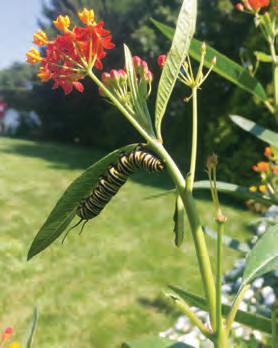





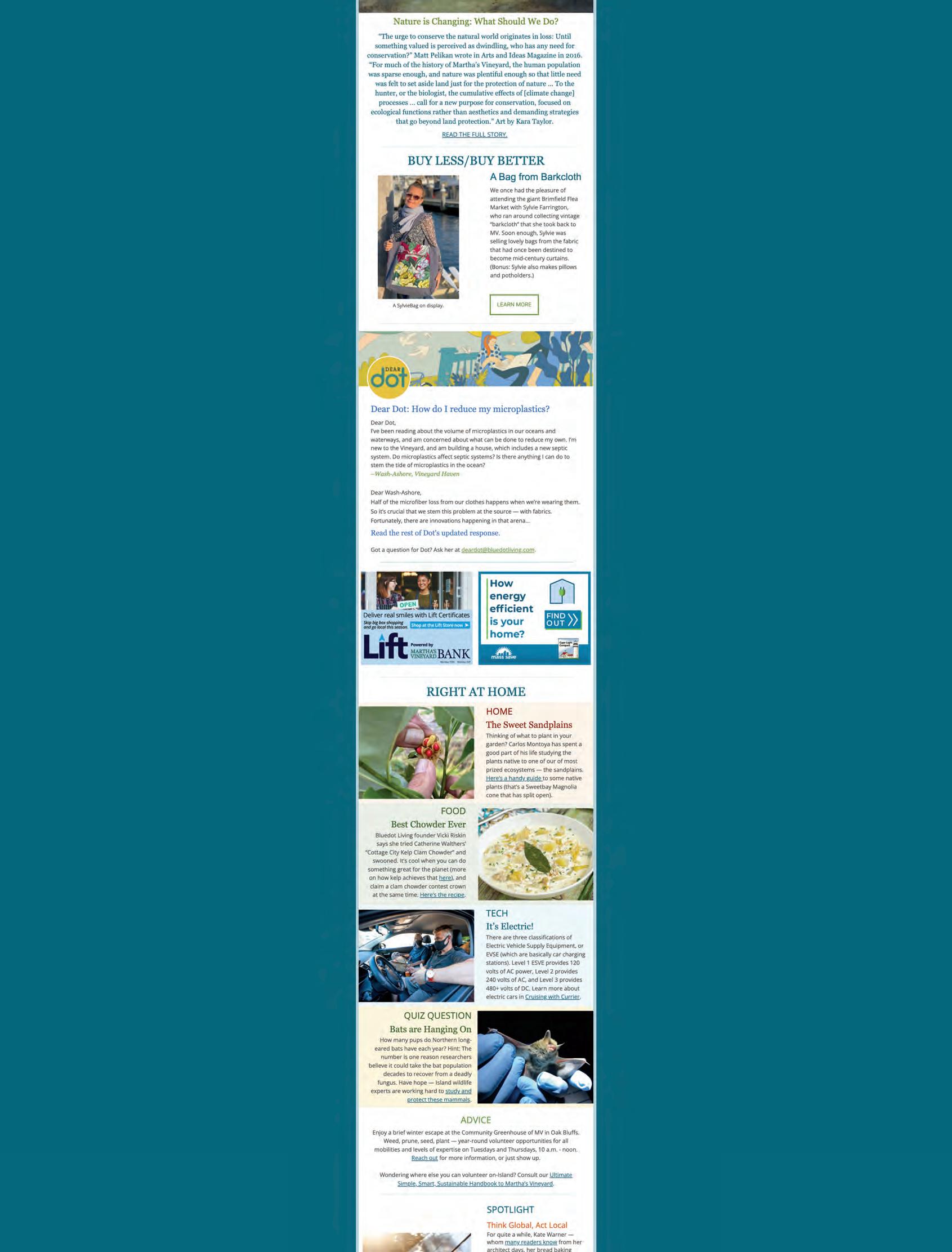


3 marthasvineyard. .com OUR TEAM • BDL Native plant specialists and environmentally focused organic garden practices. Garden Angels Design • Installation • Maintenance (508) 645-9306 www.vineyardgardenangels.com of martha’s vineyard • nmdgreen.com • INFO@nmdgreen.com Water Treatment • Maintenance Programs INSTALlATION & SERVICE Geo Thermal • Solar Hot Water • Heat Pumps Energy Management • Design & Consultation MARTHA’S VINEYARD SIGN UP ONLINE AT marthasvineyard.bluedotliving.com
Dear Bluedot Living Readers,

e were at work on a story about invasive species on the Vineyard when we heard rumor of a bounty on the heads of green crabs. We reached out to Emma Green-Beach, executive director and shellfish biologist with the MV Shellfish Group. Yep, she said, confirming the rumor. What’s more, she said, she’ll try to get us some crabs so we can cook ‘em up and test out a delicious way of dealing with these interlopers.
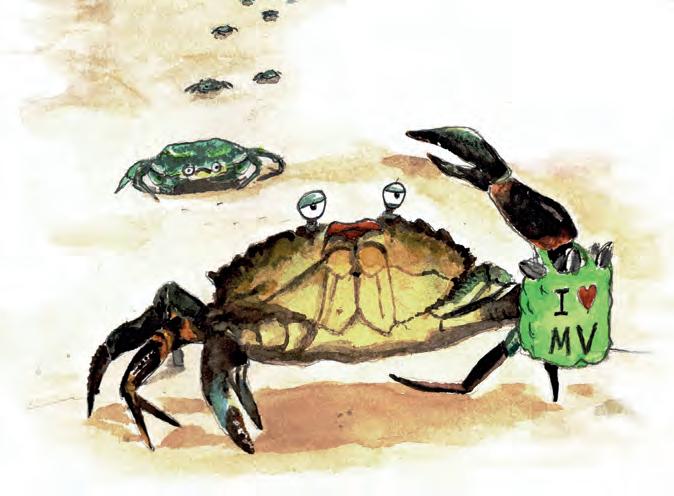
This type of partnership is how Bluedot sees our relationship to you, our readers. We love to introduce you to the fascinating people at work on the Island — protecting and preserving what we have, mitigating the climate changes we’re already seeing, and preparing all of us for shifts to come. And we are thrilled to have you along with us into our second year of Bluedot Living.
What we hear back from many of you is this question: “What can we do?” We share your passion to take action, which is why we’ve added a new feature to our stories, outlining clear and often easy steps you can take right now in your home, your yard, your community. Look for “What you can do.”
Bluedot is also thrilled to be participating in this year’s Climate Week, May 8 - 14, presented by the MV Commission
and offering workshops, seminars, and activities for all ages to engage in meaningful climate action. From an EV vehicle display to Bluedot Living’s own roundtables addressing local issues, you’ll find something that inspires you to get involved. Stay tuned: We’ll be updating the info on our website and in our newsletters. Not getting the bi-weekly Sunday Bluedot newsletter? Sign up here: bit.ly/Bluedot-newsletter. And please note, our website is here: martha's vineyard. bluedot living.com. Onward!
– Leslie Garrett and Jamie Kageleiry

4 MARTHA’S VINEYARD /WINTER–EARLY SPRING 2022 EDITORS' LETTER 4
W(508) 627-2454 | GeesePartners.com | mv@geesepartners.com Commercial, Residential & Event Goose Control on Martha’s Vineyard Take Back Your Turf Safe & Eco-Friendly Goose Control Free Estimates We are a local, year-round island business ILLUSTRATION: KEVIN MCGRATH
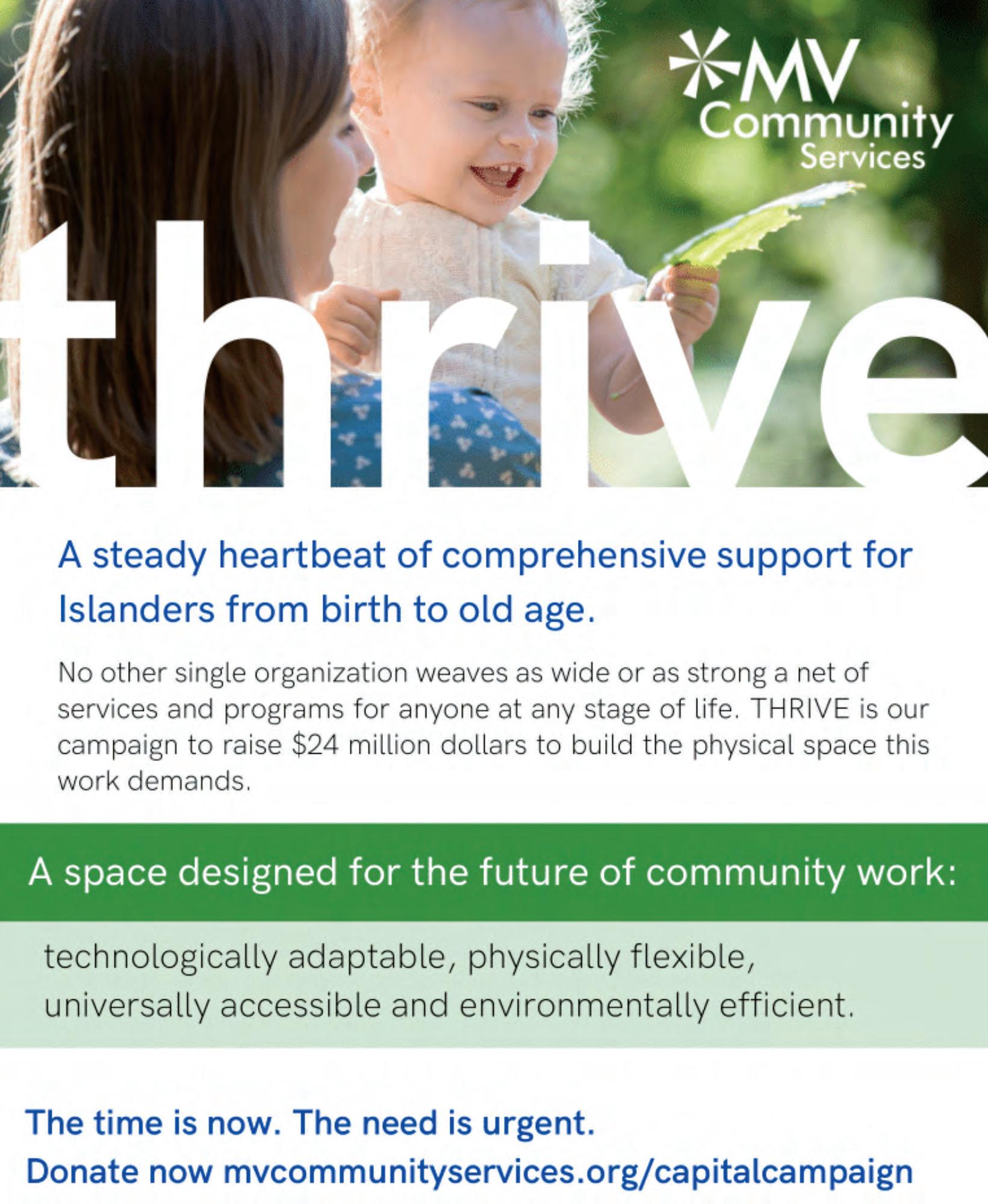
5 marthasvineyard. .com
Features
14 Climate Action? By Sam Moore
Bluedot Living talks with the team behind the Martha’s Vineyard Commission’s Climate Action Plan. (It’s a pretty big deal.)
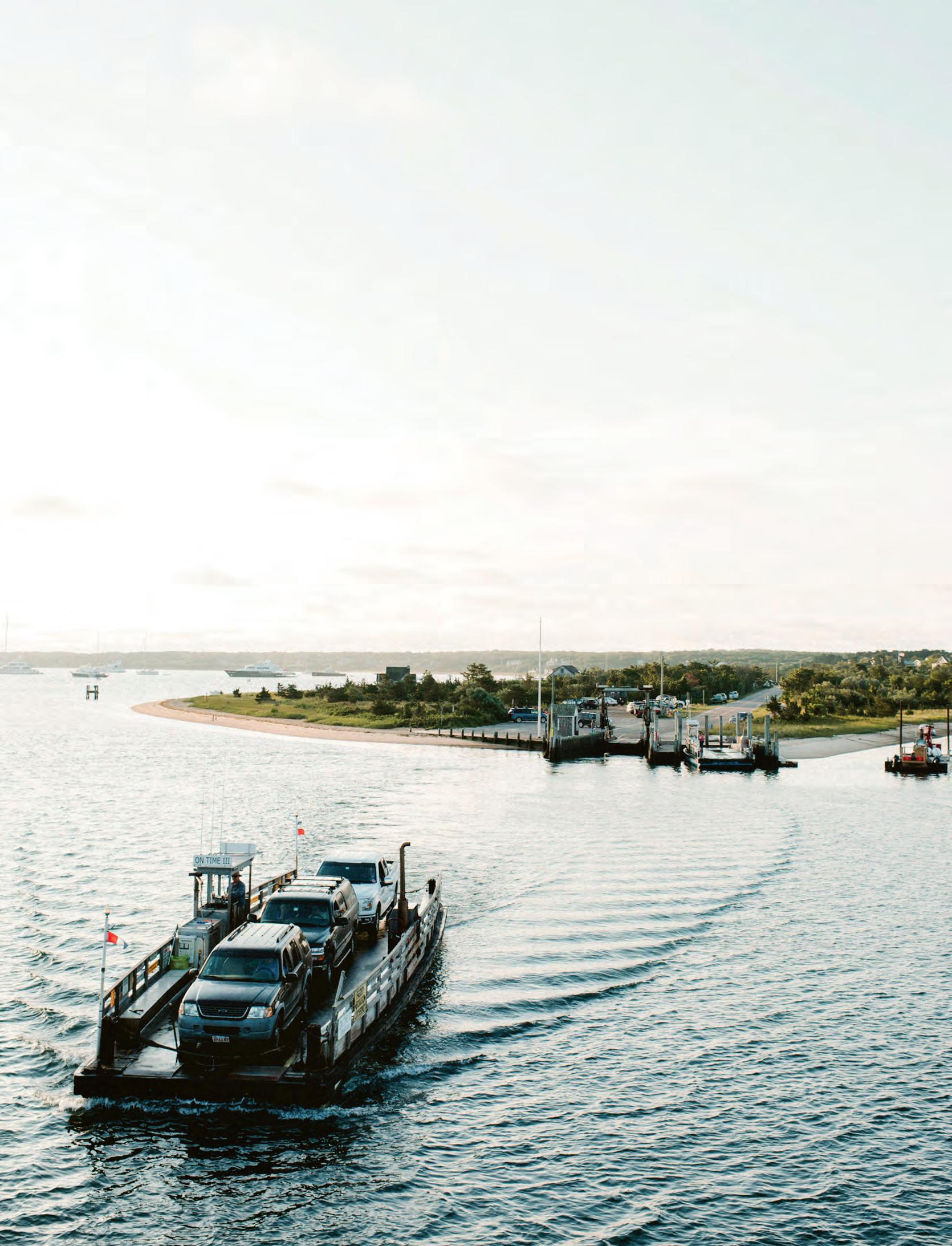
Features
16 Invasive Species: What's So bad About Them, Anyway?
By Leslie Garrett
They take over native ecosystems and offer little in the way of food or habitat. But some invasive species are here to stay and can even be useful. Is it time to make peace with invasives? And a little known fact about skunks.
24 In Exchange: An Island Barter Keeps Things Local
By Lily Walter
On Chappy, a balancing of the scales, a sharing of means, a neighborly act of camaraderie.
34 Whales in the Balance By Sam Moore
A veteran of marine mammal conservation in Woods Hole has a new book with a startling message: To save an entire species, we need more hands on deck.
40 Making a Garden for Changing Climes By Abigail Higgins
Create a low-effort, eco-aware, and gorgeous Vineyard garden.
Departments
12 Dear Dot Dot’s thoughts on finding a great solar installer, flushable litter vs your septic system, and whether it’s worth it to cool down your water heater when out of town.
22 Cruising with Currier
Ride along on a Vineyard Transit Authority’s electric bus.
30 Room for Change: By Mollie Doyle
Make your eco bed. And then lie in it.
33 Right at Home — Leeks
'I can't believe I ate the whole thing.'
44 The 'Keep This' Handbook
Where to find Island composting/recycling/ volunteering.
48 Local Heroes: We Nominate
Jonah Maidoff
continued
Upfront
CONTENTS
4 Editors' Letter 8 Contributors
Good News from All Over + The Grist Report
In Memoriam Remembering
Note:
sets
In
7 What.On.Earth A Whale of a Tale 10
11
Kent Healy 29 Field
Housing Bank
sustainable standards 29
a Word: Aquamation
45 Field Note: Red Cedars in Winter
6
PHOTO BY SHENY LEON
CONTRIBUTORS



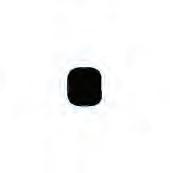




Here’s a few of our contributors; several shared their sustainable travel dreams and eco-resolutions.
Jeremy Driesen (pages 30, 48) is a Vineyard-based photographer who has worked for Vogue, Vanity Fair, The New York Times, The MV Times, and more. “I live my eco-friendly destination every day, weather permitting, with a 13-mile bike loop that features a dip in the Inkwell near the end!”
Abigail Higgins (page 40) is a landscape designer and writer: “My travel daydream is to get to Painted House Beach three times with my family, friends, and especially my grandson from Virginia.”
Photographer Sheny Leon (page 24), originally from Mexico, has made



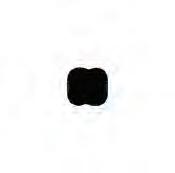



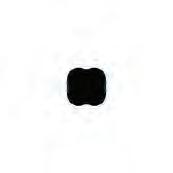
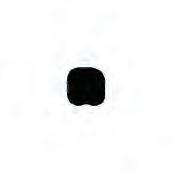
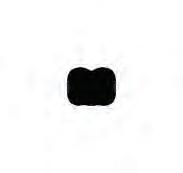
and stop and do WOOFing (Worldwide Opportunities at Organic Farms) along the way. I also would love to do something like this with my five-year-old daughter (maybe not the biking part as much but definitely the woofing part).”
Illustrator Kevin McGrath is a librarian at the Martha’s Vineyard Regional High School and artist who drew the, ahem, charming Vineyard invasives on page 16. Find his work at mvzoo.com and on Instagram @mvzoo
Photographer and writer Sam Moore (page 34), often works in conservation. “I daydream about rowing and sailing a piece of the Maine Island
Sophie Petkus, Bluedot’s new designer, told us she’s “really trying to limit my food waste this year. Unfortunately, that means more and smaller trips to the grocery store but it’s definitely worth it.”
Susan Safford shot our beautiful garden story on page 40. She is the former production manager at the MVTimes, and lives in West Tisbury.
Lily Walter, (page 24) owns Slip Away Farm on Chappaquiddick. “My sustainable travel daydream is to visit some AMC huts in northern Maine. I would go in the winter
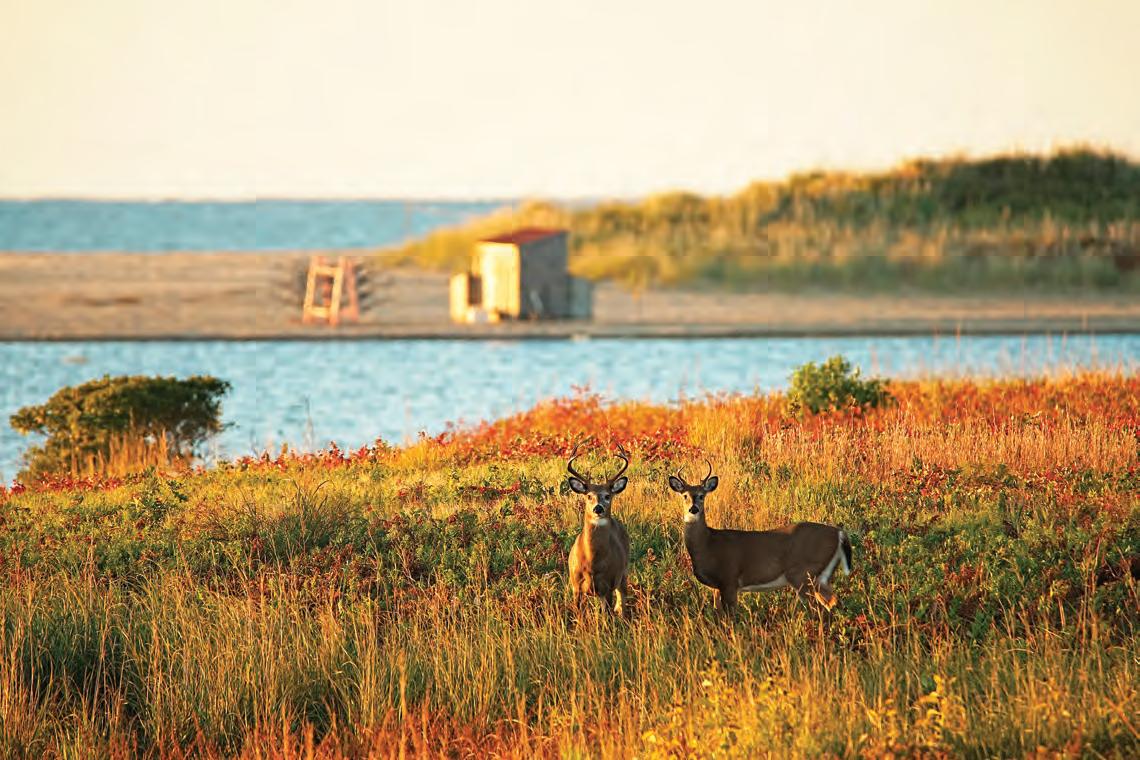
CONTRIBUTORS 7 marthasvineyard. .com
www.mvbuyeragents.com 508-627-5177 Email: buymv@mvbuyeragents.com 13 Coffins Field Road Edgartown, MA 02539-1661 “And, when you want
you to achieve it.”
something, all the universe conspires in helping
— Paulo Coelho, The Alchemist
What.On.Earth.
Melville,
1. Amount of carbon sequestered by protecting just eight whale species: 8.7 megatons
2. Number of wind turbines that would need to operate for one year to reduce carbon by the same amount: 6,000
3. Amount of CO2 absorbed by the average great whale over its 60-year life: 33,000 kg
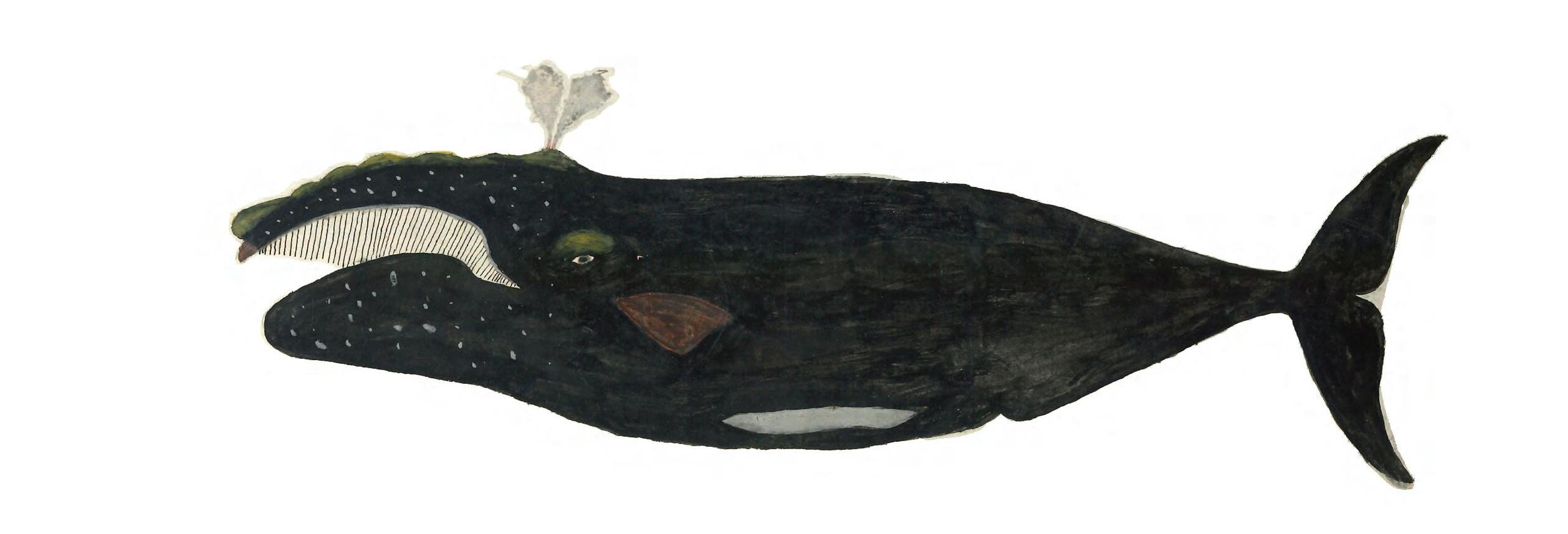
4. Amount of CO2 absorbed by one tree in a year 22 kg.
5. Amount of the world’s CO2 absorbed by phytoplankton, which find ideal growing conditions in the iron and nitrogen of whales’ waste: ~40%
6. Number of Amazon rainforests required to absorb 40% of the world’s CO2: 4
7. Number of species a single whale carcass supports with food and habitat during final stages of decay: 200
8. Year the earliest recorded whaling ship left Martha’s Vineyard: 1738

9. Value of whale products brought back by Vineyard-based ships from 1818 to 1872: $134.6 million
10. Number of Black whaling captains on ships from the Vineyard: 5
11. Current value of carbon sequestered by a single great whale according to the International Monetary Fund: $2 million

12. Number of existing North American right whales: 366
13. Number of mother-calf pairs of right whales in 2021: 18
14. Average number of mother-calf pairs annually from 2010 to 2020: 23
15. Number of species out of the 13 Great whale species considered vulnerable or endangered: 6
16. Multiple increase of CO2 the ocean helps regulate compared to the atmosphere: 50
Sources: 1-2, Washington Post; 3-4, Our Planet; 5-7, BBC; 8-10, The Atlantic Black Box Project; 11, International Monetary Fund; 12-15, World Wildlife Fund; 16, International Atomic Energy Agency.
“There is no folly of the beast of the earth which is not infinitely outdone by the madness of man.”
Herman
Moby-Dick or, the Whale
8
IMAGES FROM THE 19TH CENTURY WHALING LOGS OF THE ALEXANDER BARCLAY AND THE CHARLES W. MORGAN SHIPS, COURTESY OF THE M.V. MUSEUM.
TOGETHER WE’RE TACKLING CLIMATE CHANGE
Over the past 35 years, The Nature Conservancy has helped protect more than 1,500 acres on Martha’s Vineyard. We’re restoring unique habitats like rare sandplain grasslands for the survival of animals and plants. Learn more at: nature.org/MarthasVineyard


9 marthasvineyard. .com
good news
FROM ALL OVER
Search and Conserve
Google’s Year in Search proves what we at Bluedot Living already knew: Environmental awareness is growing. In 2021, searches for “how to conserve” reached an all-time high around the world.
Other climate change-related searches grew in popularity last year as well. Global searches about the impact of climate change and sustainability also reached all-time highs. In September, searches for second hand shops surpassed pre-pandemic levels in the U.S.
A Half Century of Clean Air
It’s been almost 50 years since Congress passed the Clean Air Act to enforce fuel emissions standards for vehicles — and it looks like the impact has been life-saving. A recent study indicates that the regulations have likely saved thousands of lives. Researchers estimate that between 2008 and 2017 alone, deaths caused by emissions-related illnesses decreased by nearly a third.
Cleaning up Bali’s Waterways
The rivers in Bali, Indonesia, central to burial rites and the placement of the island’s most sacred temples, have been overrun with garbage for years. As reported by Hakai Magazine, a new organization, Sungai Watch, is hoping to restore the pristine beauty to Bali’s waterways.

Gary Bencheghib, founder of Sungai Watch, got his start by collecting trash
from the river himself and selling it to a recycler. But when Bencheghib began sourcing sponsorships from organizations such as the World Wildlife Fund, he was able to expand the project. For an annual pledge as low as $210, donors can have a section of river named after them.
Sungai Watch removes trash from the rivers through a system of 110 barriers that trap the waste. Then, employees remove and sort the trash, diverting some to be recycled or composted, collecting data on types of plastic and the manufacturing brand, and working with governments and corporations to enforce better waste management. Since its start in October 2020, Sungai Watch has collected more than 800,000 pounds of plastic. Its next goal is to install 1,000 barriers throughout Indonesia and begin expanding its cleanup internationally.
Getting closer to the clean energy of nuclear fusion
According to the BBC, “European scientists say they have made a major breakthrough in their quest to develop practical nuclear fusion — the energy process that powers the stars.
Experiments at the UK-based JET laboratory produced 59 megajoules of energy over five seconds (11 megawatts of power), beating its own previous record by more than double in 1997.
The excitement around this, which produced roughly enough energy to boil water in about 60 kettles, is that
With more than 80% of ocean plastic coming from rivers, Sungai Watch installs simple floating barriers in rivers to stop plastic at the source.
it validates current research and shows incredible promise. “We’ve demonstrated that we can create a mini star inside of our machine and hold it there for five seconds and get high performance, which really takes us into a new realm,” the BBC quotes Dr Joe Milnes, the head of operations at the reactor lab as saying. Fusion differs from fission in that the process forces atoms together rather than splitting them, which is how existing nuclear fission reactors work. Though we’re still two decades or more from the commercialization of nuclear fusion, this breakthrough offers great potential for powering our planet with clean energy in the second half of this century.
EV Research Offers the Long Road
The transition to electric vehicles is underway, but one major hurdle is the range of these cars has long been eclipsed by that of fossil fuel-powered vehicles. Now, scientists have discovered a biologically-inspired membrane that has the potential to quintuple the range of electric vehicle batteries.
According to the Independent, the discovery was made by a research team at the University of Michigan that used recycled Kevlar, the material found in bulletproof vests, to create a network of nanofibers that resembles those in cell membranes. The researchers used this finding to fix a major issue with lithium-sulfur batteries, a next-generation battery being eyed as an alternative to lithium ion batteries in electric cars and a number of other technologies.
As a handful of countries at COP26 this fall committed to sell all-electric vehicles by 2040, it’s innovations like this that make such a sweeping transition more feasible.
For more good news go to marthasvineyard.bluedotliving.com

10 MARTHA’S VINEYARD /WINTER–EARLY SPRING 2022
UPFRONT • GOOD NEWS
SUNGAI WATCH
REMEMBERING Kent Healy
At a recent meeting for the Great Ponds Foundation, GPF’s watershed outreach manager Dave Bouck spoke about Kent Healy, who died at age 89 in October.
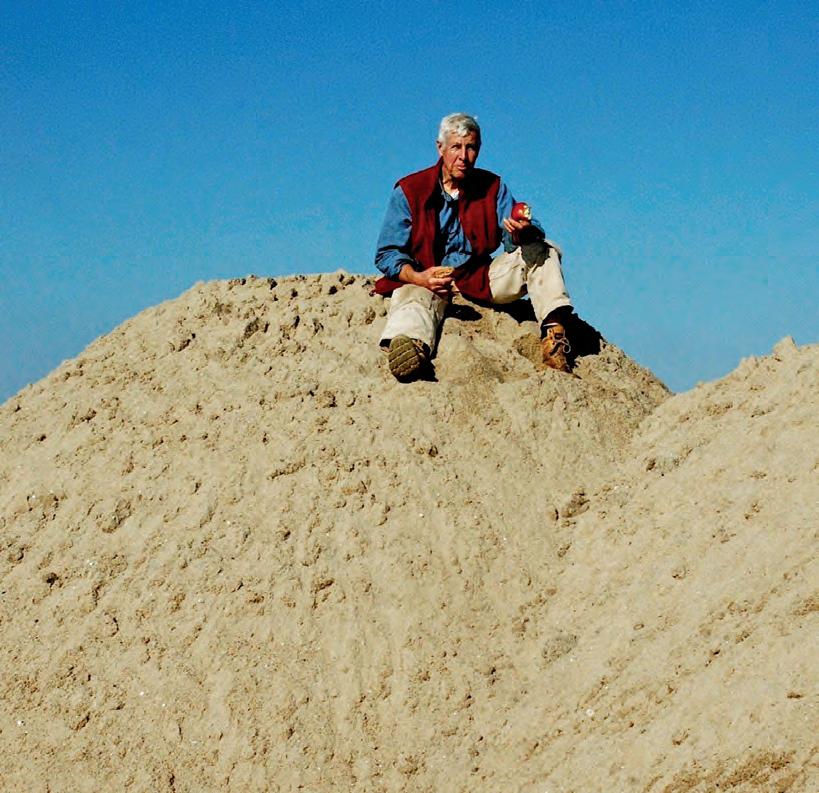
“Kent dedicated much of his life to the stewardship of our Island water resources, as a civil engineer, as the town sewer monitor, and later, as a selectman for the Town of West Tisbury. His careful attention to detail and meticulous collection and recording of environmental data throughout many of the ponds and watersheds of the Vineyard helped to form the baseline for much of the knowledge and understanding that we possess today.”
Kent, who had a Ph.D from MIT and taught at the University of Connecticut, was one of the founding members of the Union of Concerned Scientists. Before returning to the Island with his family in 1983, the Healys spent summers in a home near Quansoo that was powered by windmills and solar panels, long before most people were doing such things.
Several Islanders wrote to us at Bluedot about working with Kent.
“Kent was helping me lay out a guest house in the Chilmark woods,” architect John Becker wrote, “after a surprise April Fools Day blizzard had dumped over a foot of wet snow. The going was tough and soon Kent (15 years my senior) noticed I was lagging behind. He tossed me a roll of duct tape and told me to pull my pants over and outside of my boots, and to tape the pants tight around the ankle. The trick cut the ‘snow friction’ beautifully and soon I was almost keeping up with this wiry expert. I remember a heady sense of pride of my newly acquired woodsman skill. Nowadays I look back on it and wonder: Who else but Kent could produce a roll of duct tape in the middle of nowhere?
“[Kent] was often amused with most peoples’ use of ‘science’ to support an agenda that may have been energized more by personal motive than by openmindedness. His wry smile would break, he’d quicken to the occasion with questions, possibly contradictory

observations — always to broaden the horizon of any issue at hand. He loved the measuring and collecting of data as much as the drawing of conclusions. Applied science was nothing without openminded observation.”
Prudy Burt of West Tisbury wrote of her long working relationship with Kent: “Kent was passionate about data and facts, and adamant that anyone making any claims about water quality must have copious and comprehensive data to back up that claim. He kept a small notebook and pen in his front shirt pocket at all times. If someone stopped him at the post office to ask about when Tisbury Great Pond (TGP) was going to be opened, and claiming that the pond ‘was as high as I’ve ever seen it,’ Kent would pull out his notebook, flip to the pertinent page and say ‘No, that would have been on this date’ and then proceed with a history of high pond conditions over the last 70 years.
“For well over 40 years, Kent went out every week and monitored TGP water levels and salinity levels. He and I would often run into each other in the woods along Mill Brook. We liked to lean on the fence at the Mill Pond dam along West Tisbury/Edgartown Road and chat about things, usually what his grandchildren were up to, or how much we enjoyed pie, knowing that people driving by were sure that we were up to no good — when we were really just enjoying a fine day outside in the sun.
“Before Kent died, he was really thrilled to make arrangements with the Great Pond Foundation to collate and digitize all of his data — notebooks, maps etc. This work is now underway.
“Short story long, Kent showed up like no-one I’ve ever known, and quietly did his work every day for his whole life.”
–Jamie Kageleiry
V ideo recordings of all of the Island Pond Community Workshop sessions, including the final one with a tribute to Kent Healy by Great Ponds documentarian Ollie Becker, can now be found on the GPF’s website: greatpondfoundation.org/ipcw/
IN MEMORIAM • KENT HEALY 11 marthasvineyard. .com
Kent Healy sits and watches the annual Tisbury Great Pond opening.
JOHN BECKER
dot DEAR
Dear Dot: Desperately seeking solar, “flushable” cat litter? and more. Dot tackles your thorniest questions from a cozy chair by the fire.
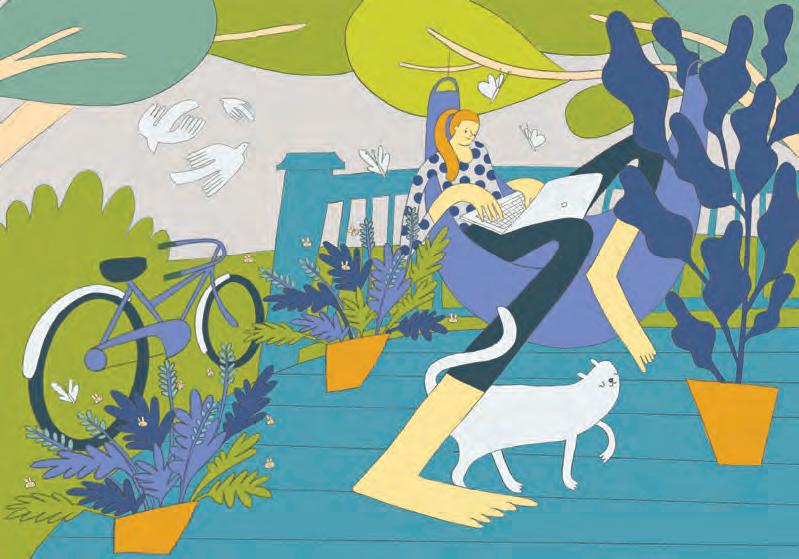
Dear Dot,
I would like to put solar panels on my home. Can you recommend reputable solar companies servicing the Island?
—Lisa Maxfield, Oak Bluffs
there are few industries where that is as clear as green energy. Right now offers a golden opportunity to install solar panels on your roof (or in your yard).
Sean Buckley with Harvest Sun Solar installations in Vineyard Haven (and, full disclosure, the company Mr. Dot and I have hired to install solar panels on our roof) says it’s no longer necessary to have a southfacing roof (he’s not convinced it ever was) and that just about everybody is a fit for solar, with the occasional exception of those with lots of trees who refuse to trim back any of them. (I can get behind trimming…)
There are also loads of incentives (check them out here at dsireusa.org), according to both Buckley and Rob Meyers, who co-owns South Mountain, another solar installer.
Dear Rona,
I too am possessor of both a septic system and a number of cats (two of my felines insist that I do not possess them but am merely granted the privilege of attending to their needs. The third is asleep on my clean laundry). So I was curious to hear the answer to your question. And hear it I did. You perhaps did too. For it was loud. And resounding. When asked for his thoughts about whether or not to flush biodegradable “flushable” cat litter, the voice of environmental consultant and registered sanitarian Doug Cooper rang out from Edgartown and it said thus: “NOOOO!”
When pressed to explain, Cooper put it this way: “Even if biodegradable, it is introducing solids that unnecessarily burden the tank. It can settle in low spots in the plumbing system, can coalesce with paper products to create clogs…” Or, more concisely, “NOOOO!”
So what can you do?
Dear Lisa,
Fifteen years ago, Mr. Dot and I were forced to rebuild our roof when it became clear — thanks to water plip plopping onto our bedroom floor — that our roof was leaky. Trying to see the bright side, we decided it offered the perfect opportunity to install solar panels. But — again this was 15 years ago — more than four solar installers told us that there was no point: Our house didn’t have a south-facing roof, and we had too many trees. (As if there is such a thing as too many trees! I scoffed.)
Lucky for us, times have changed and
To find a solar installer, talk to those who have solar panels. I’ve spotted plenty in Oak Bluffs. And take a look at EnergySage, which not only provides info, it allows local installers to quote on your particular installation. Cape Light Compact is also super helpful and includes a link to Energy Sage: capelightcompact.org/solar.
This is the golden age of solar, Lisa. Welcome to it.
Shiningly, Dot Dear
Dot,
My biodegradable cat litter says it's flushable. We have a septic tank, which makes me hesitant to flush. What should I do?
–Rona, West Tisbury
Clay litter is nasty from start (mining) to finish (landfill) and both the dust and the litter itself is dangerous for pets who can breathe it in or ingest it when they clean their paws, creating clumps in their digestive tracts. So stick with the eco stuff. The greenest way to dispose of biodegradable cat litter is composting, with some caveats: Separate out urine or feces and dispose of them in the trash, then take what’s left, put it in your compost heap, but use that only in gardens that have nonedible plants. According to the EPA, pet waste is considered a pollutant that we do not want getting into our waterways. Cat feces can carry the parasite Toxoplasma gondii, something any formerly or currently pregnant cat companion (nobody “owns” a cat, my cats insist) can attest. Even many municipal water treatment plants can’t effectively treat that. Purringly, Dot
Dear Dot,
What should I do with the temperature on my water heater when I leave for a week’s vacation?
–Wayne, West Tisbury
12 MARTHA’S VINEYARD /WINTER–EARLY SPRING 2022
Illustration Elissa Turnbull
Dear Wayne,
Your question raises something of a tempest in a water heater. On the one hand, heating water for our homes uses roughly 1/5 of the energy consumption of the average U.S. household. So we might as well take the opportunity, if we’re away from our homes for more than a long weekend, to reduce that consumption (and the subsequent bill) when it’s as simple as turning the temperature on our water heater down to 120°F or “vacation” mode if your model has it. Even my math-challenged brain knows that makes cents.
You can also insulate an older tank and the pipes that carry the hot water to our faucets, which will further reduce energy consumption and cost.
But, and it’s a big but, as our climate crisis deepens, it is becoming abundantly clear that we must have a system-wide shift in where we source our energy, including how we heat our water. All of us. As a society. Which means consistently pushing those who make decisions to phase out polluting fossil fuels and move us toward cleaner, greener energy.
When the time comes, switch to a hot water heat pump. Cape Light Compact will even help you find ways to afford it. Or talk to your plumber about whether a tankless water heater would work for you. Or maybe, like Lisa who asked Dot about finding a solar installer, it’s time to power your entire household



I hope you don’t feel like you’re in hot water for just asking a reasonable question, Wayne. It is mid-winter and I am grumpy. And I worry deeply that, in our uber-responsible desire to take every possible teensy tiny step to make the world better, we miss the systemic ways in which certain non-green choices are forced upon us. Let us do our small parts but also let us continue to push hard for change.
Grumpily, Dot
Dot has lots more to say (bit.ly/ DEAR-DOT) about the usefulness of expiration dates on food, the veracity of the claim that Martha’s Vineyard runs on 100% renewable energy, whether to trust eco-certifications, if you should toss your batteries for rechargeables, and the methane emissions of conventional vs grass-fed cattle.
Please send your questions to deardot@bluedotliving.com



DEAR DOT 13 marthasvineyard. .com
Considering a CapeLightCompact.org | 1-800-797-6699 Check out available rebates and see if you qualify for 0% financing up to $25,000. A heat pump can offer: Efficient heating and cooling Year-round comfort Positive environmental impact Convenient whole home or modular installation *Financing available for residential installations only HEAT PUMP?
THE MARTHA’S VINEYARD Climate Action Plan
A Q&A with the team behind the MVC’s response to climate change.
By Sam Moore
This interview has been edited and condensed for clarity.
Could you briefly introduce yourselves?
Liz Durkee: I’m the Climate Change Planner at the Martha’s Vineyard Commission. When the Coastal Planner retired a couple of years ago, the position was changed to Climate Change Planner. Before that, I was the conservation agent for the town of Oak Bluffs for 26 years.

Meghan Gombos: I am an independent consultant. I’ve been working in marine resource management and climate change adaptation for 20-plus years, mostly in the Pacific Islands and the Caribbean. I was on the climate resilience committee with Liz and Cheryl and others, so I became part of the facilitation team through that process.
Cheryl Doble: My background is in landscape architecture and planning. I worked for a number of years directing the Center for Community Design Research at SUNY College of Environmental Science and Forestry. I am also on the Tisbury Planning Board. Like Liz and Meghan, I was also on those early committees that started up the Climate Task Force and the Climate Resilience group.
Before we get to the action plan, we should ask: how will climate change affect Martha’s Vineyard?
Durkee: Because we’re an Island, sea level rise, stronger storms, and all the coastal issues are extremely important for us to address. Climate change is going to impact every aspect of our lives: our land and water, our human health, our economy, our emergency preparedness. We need to become more energy resilient and decrease our greenhouse gas emissions. It’s all interrelated, and we need to look at the whole big picture if we’re going to address these issues in a smart way.
Gombos: In addition to increased storms and sea level rise, sea surface temperature increases and ocean acidification are going to have huge impacts to our marine environment. Our marine ecosystems, our fisheries, shell fisheries — things that are really important to the Island community in both livelihoods and quality of life. And also just the heat of increased temperatures. We have so many people who work outside, who recreate outside.
Durkee: Heat is going to affect our human health; it’s going to increase respiratory issues and vector-borne diseases, and mental health issues — like if we have a major hurricane and people are displaced. We’ll have increased rain, and drought. It goes both ways. So, it’s not like you can handle one thing first, and then handle another. There’s a relationship here that you have to understand. We have to look forward in a way that addresses that. We have to come to grips with how we help each other in a moment of real extreme challenge, and then how we’re going to respond afterwards, because it’s very difficult to come up with ideas in the middle of a disaster.
So, what is the Climate Action Plan?
Gombos: The Climate Action Plan is basically looking at all of these issues and looking forward to 2040, and maybe even further. What are the impacts going to be to the Island? And what do we want to do to build? What do we want to do now to build our social, ecological, and environmental resilience to those changes?
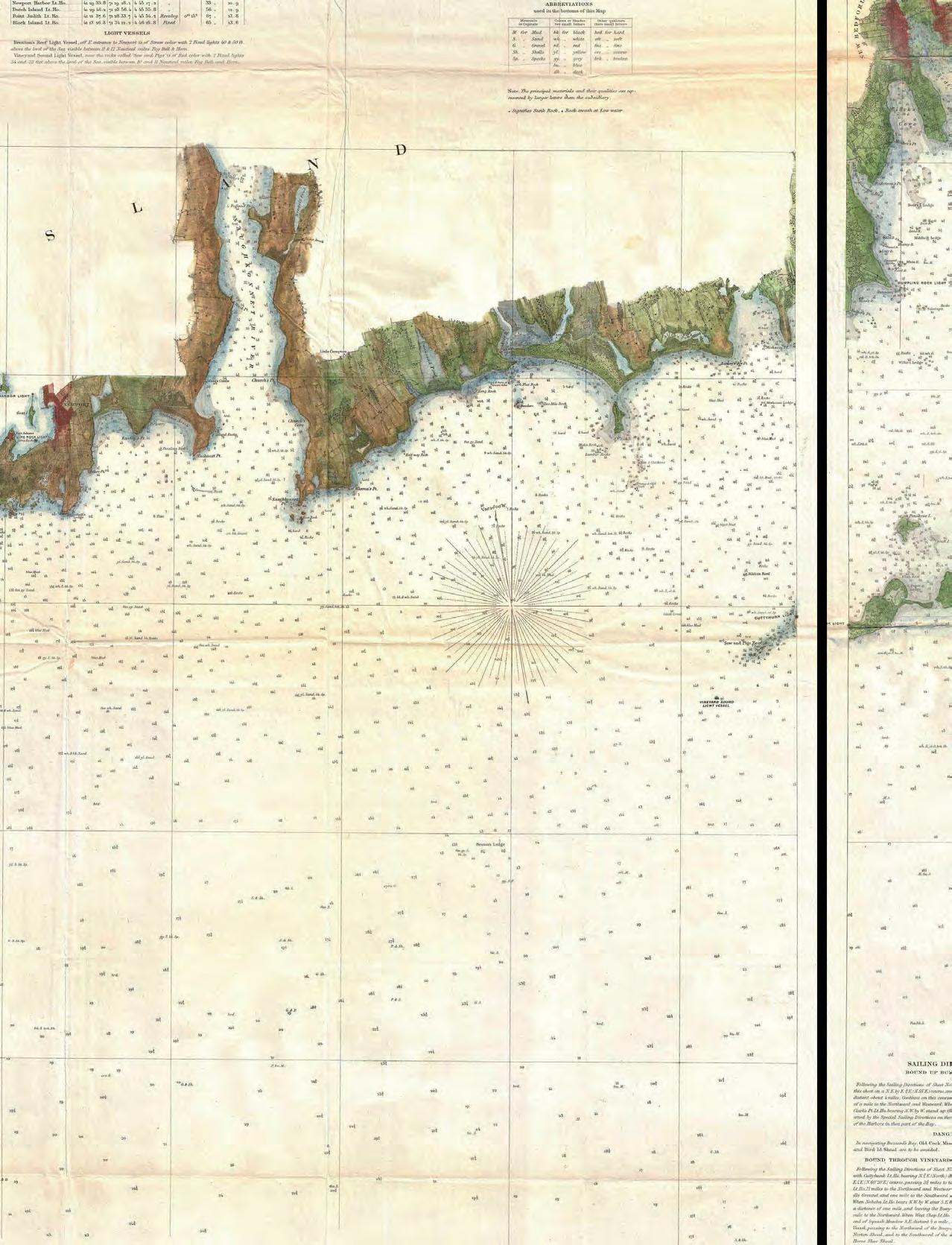
Durkee: This summer, we received funding from the Mass Municipal Vulnerability Preparedness Program, so this is actually phase two of the Climate Action Plan. Phase one was more foundational, doing background research and the adaptation reports that Meghan prepared.
What are the outcomes you are hoping for?
Gombos: We’re trying to achieve a plan that has a 2040 outlook, and then has more immediate and measurable actions that we want to take in the next ten years. So, between now and 2030, what are we going to do? We can’t do everything. What are the biggest things to tackle? Where will we get the most bang for our buck? We’ve put together six working groups around six thematic areas: food security, transportation and infrastructure, economic resilience, land use, natural resources and biodiversity, energy transformation, and public health and safety.
Durkee: Collaboration is a huge piece of this, and the pond associations and the shellfish group, the insurance companies, the nonprofits, conservation groups, food security, and public health groups are all going to play a role in the implementation. It’s going to be an Island-wide plan.
Doble: My hope from this process is that it builds our capacity to collaborate in new ways. I feel that we’re not starting dead in the water. We really have so much going on, which gives me hope that we can do so much more.
Gombos: Like Cheryl said, there’s so much good work that’s happening. It’s just getting folks to be able to pause and sit down and talk and share what’s happening and then say, ‘Hey, what if we could combine these efforts?’
Who else is involved?
Gombos: For each of the working groups, we have a liaison who’s a community leader in that space. They’ve got expertise, they’ve got the relationships, and we’ve asked them to help pull together a variety of people from around the community that can guide that component of the plan. We’ve asked the towns to provide a repre-
CLIMATE ACTION PLAN • Q&A 14 MARTHA’S VINEYARD /WINTER–EARLY SPRING 2022
sentative to each working group. And then we have businesses, NGOs, and students we’ve asked to participate.
Doble: When this process began, the Commission went to each of the towns and asked them to form a Climate Committee to work with them on this project. The Wampanoag also have representation, and the Brazilian community as well.
Can you give a few examples of actions that might come out of the plan?
Durkee: The residents of Aquinnah got together and organized a Community Emergency Response Team [a disaster response initiative based on FEMA guidelines], and they had their emergency manager train residents in emergency response, first aid, and things like that. It’s an amazing program, and we really would like to see all the towns develop a CERT team. On a policy note, another example is that we're really hoping the planning boards and all the towns will update their floodplain bylaws to address flooding.
Gombos: Transportation and infrastructure. When we’re upgrading roads and culverts, let’s do it in a way that’s thinking about what the climate projections are, so we are not setting ourselves up to have to redo something.
If we’re talking about the next 20 years or so, what are the resources that the Island has, and what does it need?
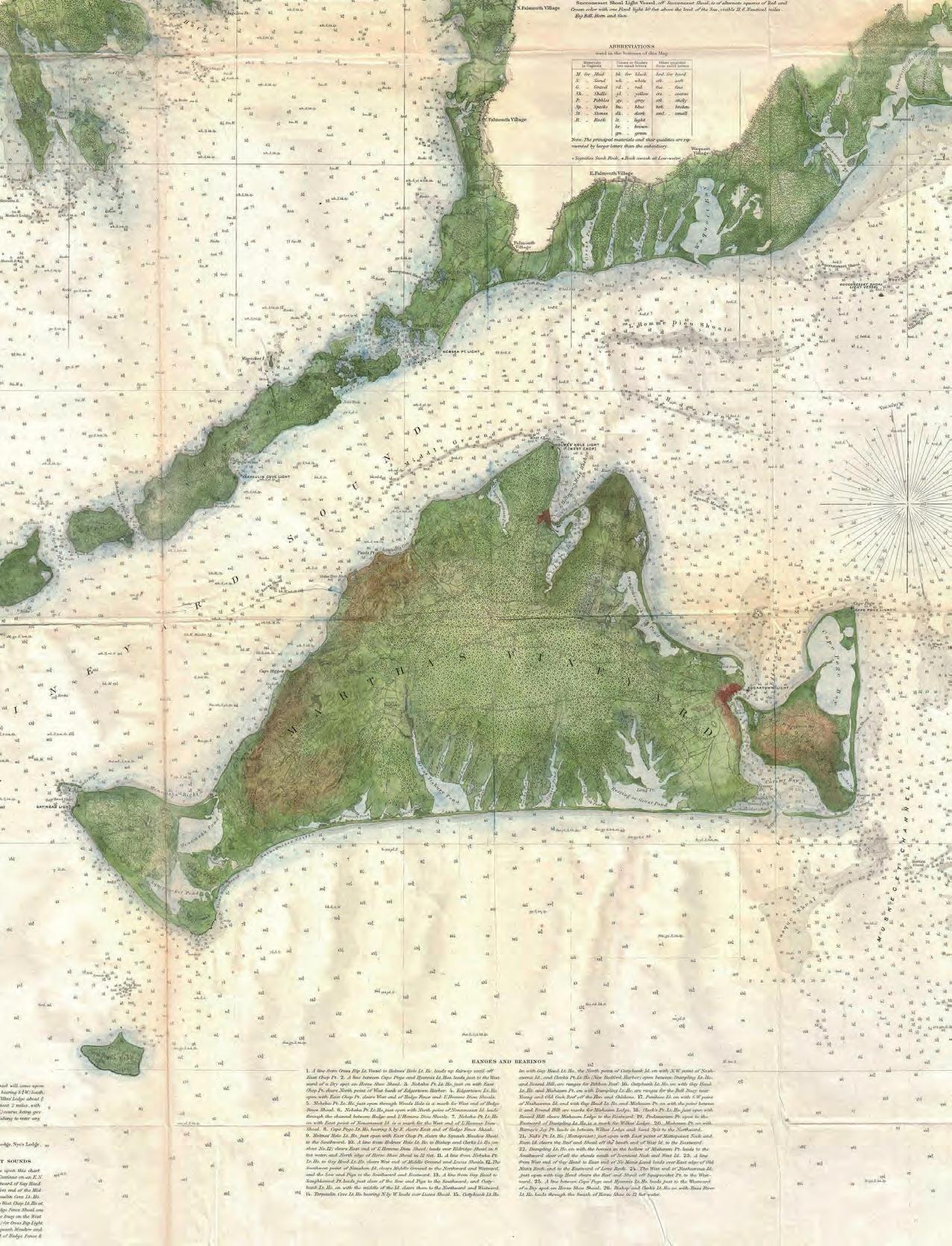

Durkee: As we have said, there are a lot of organizations and individuals working on a lot of these issues now. On the other hand, it’s going to cost money to do all these things. We need to look at ways to come up with very large amounts of money. There are other things to think about. Does the commission need more climate change staff? Do the towns need to have a staff member who is focusing on climate issues for their towns? Are nonprofits going to need to add staff members if they’re going to be ramping up what they’re doing?
Doble: I’m not going to be around to see the end of this plan happen. It’s a long-term
process. One of the things I’m starting, as I’ve worked on projects here, is we begin by taking our first steps. And we make good investments now. And the second is that, this can be phased.
Gombos: I totally agree. Even though we have a twenty-year horizon for this plan, the meat is really in the next five to ten years. With the infrastructure bill, there are opportunities there. I think there is going to be more funding available as we go forward. The more we’re in a place to say, ‘This is what we want to do,’ the better off we are.
Durkee: We’ve developed a Climate Action Fund, through the Martha’s Vineyard Community Foundation, that people can donate funding to [marthasvineyardcf. org]. If we get a grant where the locals have to match the grant funds, this fund could help us to pay for that town’s portion of the grant.
Doble: That program is important because it makes us a little bit more nimble than when you have to go through town government and county meetings to get allocation for grant funding.
What is the difference between mitigation and adaptation on Martha’s Vineyard?
Durkee: It’s harder for people to grasp the adaptation. Mitigation, yeah, you could buy an electric car, put solar panels on your house. One of the things that we need to start dialogue on, in terms of adaptation, is managed retreat from the shore. It’s a reality. People don't really like change on this Island, and things are going to change. We’re working to change them in the best possible way we can, but there are going to be tough decisions to make in some areas.
What are some short- and long-term goals for some of these projects?
Gombos: There are certain issues like moving roads away from the shoreline, where it’s long term and it’s going to take a while to do that. But then there are other things that people can do in their
own backyard, like gardening or building habitat. Those are smaller actions where you see progress immediately while we’re working on the big clunkers that take a while to happen.
Durkee: Sometimes people don’t recognize that things are happening because they’re moving slow. Yeah, it doesn’t look like anything’s happening, but it is happening. I think that’s so important. Because it’s discouraging when you put time into a plan, and then you don’t see things happen. And with communities, with government, with the groups that we’re working with, this is all going to take time.
Where can people keep track of the planning process?
Gombos: The plan is going to launch on a live website (thevineyardway.org). We really took some time to look at the history of planning on the Island, and heard some trepidation about ‘another plan that will just sit on the shelf.’ The website allows people to go and see what’s happening and for us to be able to update it as we go. It allows us to track and show progress, which I think has been challenging for other plans.
What is the best way to get involved?
Durkee: Well, [people] can get involved in climate week, which is coming up May 8-14. Many organizations and people and businesses are going to be having events to get the community thinking about these things. That’s our big community outreach component. The Island Climate Action Network also has a lot of information on how people can get involved. We have monthly presentations on climate issues related to each of the thematic groups. Those are announced on the ICAN webpage.
Gombos: The students at the high school are putting together “Climate Cafes” each month, and they’re very inspiring. It’s nice to support them, because they’re really motivated. We’re excited to be coordinating with the students on this plan, because we think that their voices are critical.
To follow the Climate Action Plan, visit thevineyardway.org
Q&A • CLIMATE ACTION PLAN 15 marthasvineyard. .com
WHAT’S SO BAD ABOUT
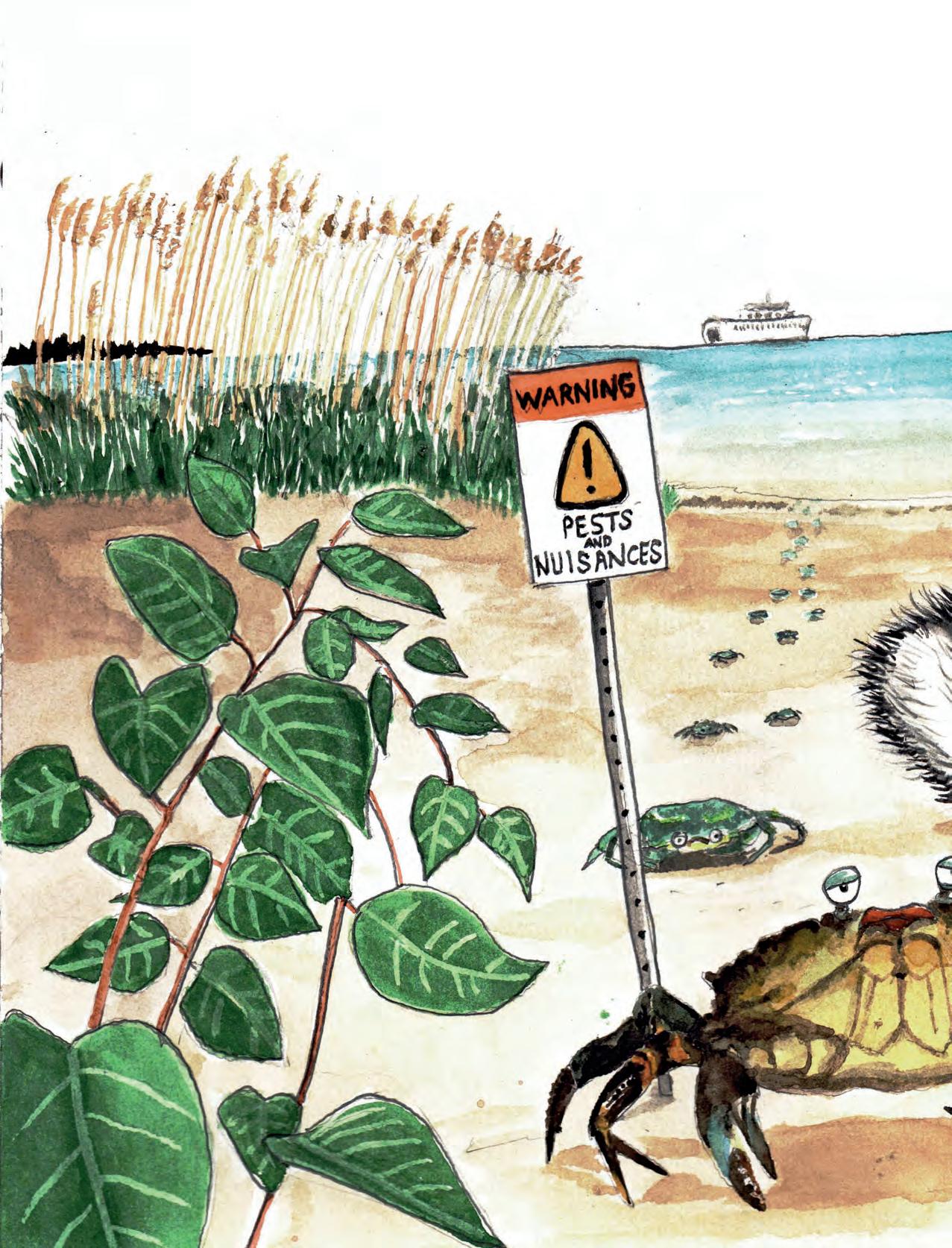
WHAT'S SO BAD ABOUT INVASIVE SPECIES? • FEATURE 16 MARTHA’S VINEYARD /WINTER–EARLY SPRING 2022
Story by Leslie Garrett
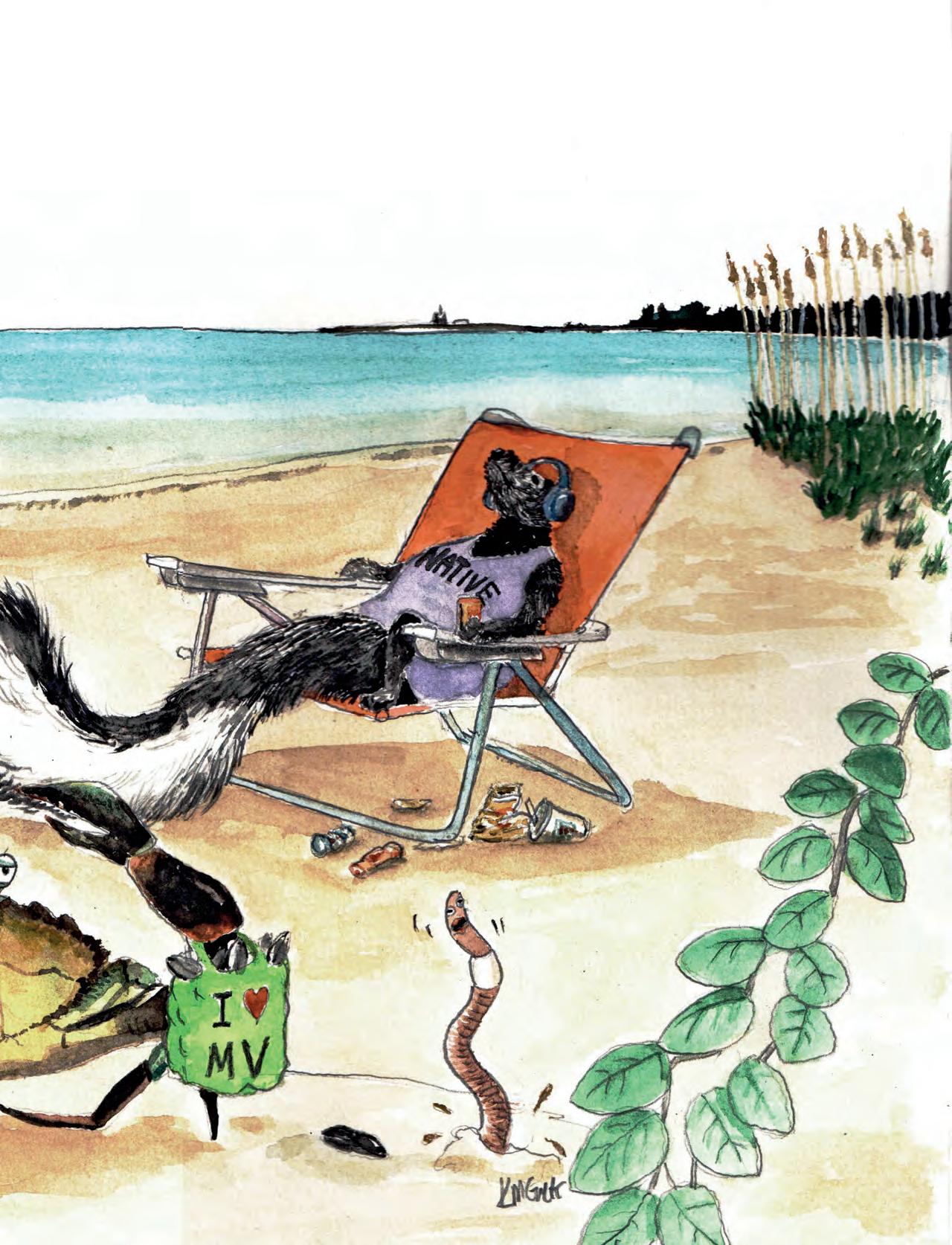 by Kevin McGrath
by Kevin McGrath
Inva ive Species?
17
Illustration
Who’s native? Who’s not? And are they all unwelcome?
BY LESLIE GARRETT
The Vineyard plays host to a number of species that aren’t, historically, from around here. Some of these interlopers behave themselves. But others wreak havoc, displacing valuable native species and transforming fragile ecosystems. Should we fight back?

If you haven’t yet spotted a brown marmorated stink bug on the Vineyard, just wait. MV Atlas of Life director Matt Pelikan has the distinction of being the first to document the interloper’s appearance on the Vineyard in 2018 on iNaturalist, the citizen science social network that shares observations about the natural world. Since then, he says, “they’ve settled in as pretty common around my house, and lots of other people are finding them, too, sometimes in pretty large numbers.”
But though brown marmorated
stink bugs are deemed an invasive species in Massachusetts (and plenty of other locales), they don’t seem to be anything more than a smelly nuisance on the Vineyard — and that’s only if you squash them.
Pelikan says the word invasive “is really pretty slippery and context dependent. And means different things to different people.”
Suzan Bellincampi, Islands Director, Mass Audubon (and director at Felix Neck Sanctuary), differentiates between native, non-native, non-native invasive, naturalized — “It’s a continuum,” she says, and just because a species is unwelcome, doesn’t mean it’s invasive. Stink bugs might be unwanted on the Vineyard but they aren’t, at least not yet, invasive here. Skunks, long the scourge of those of us who just want to walk our dogs at dusk without a standoff, are believed by most Islanders to have been imported here in the 1960s by a Vineyarder who shall remain
Plant this not that
Beach plum NOT
Switchgrass NOT silvergrass (Miscanthum)
Bee balm or swamp milkweed NOT purple loosestrife
Red or sugar maple NOT Norway maple
Winterberr y NOT autumn olive
nameless. Not so. They are, in fact, natives. “We have multiple sources from the fossil record and historical record to tell us that they were here,” says BiodiversityWorks’ Luanne Johnson (who studied skunks for her Ph.D).
The same holds for poison ivy. We all hate it but it was here millennia before we were.
What do we mean by “invasives”?
“Invasives are plants, animals, organisms that have a negative effect on the ecosystem,” Bellincampi says. “They disrupt beneficial processes, they spread diseases, they alter the ecology.”
Invasive is a relatively new descriptor. It was in 1999 that President Clinton issued Executive Order 13112 that read, “An invasive species is defined as a species that is 1) non-native (or alien) to the ecosystem under consideration and 2) whose introduction causes or is likely to cause economic or environmental harm or harm to human health.”
“Habitat destruction, invasive plants or animals are the leading cause of species extinction,” says Tim Boland, executive director of The Polly Hill Arboretum. “When you have a local extinction, a whole suite of codependent lifeforms — invertebrates, micro and macro organisms, etc. — are also correspondingly lost.” And that loss isn’t just ecological, Boland says. It’s aesthetic. The world becomes not only “less diverse and less biologically active, it’s less beautiful.” It’s also personal, he says. “The cascade effect will eventually catch up with the human species.”
As much as we like to think we have dominion over the natural world, we are, ultimately, just another species.
Again, it’s important to make the distinction between non-native species, which often coexist quite nicely with natives, and those that genuinely pose a threat, especially to the Vineyard’s rare ecosystems.
No habitat is immune to intruding species. They arrive in any number of ways. Some marine species arrive on
WHAT'S SO BAD ABOUT INVASIVE SPECIES? • FEATURE
Multiflora rose
18
Phragmites on the shores of Farm Pond in Oak Bluffs.
boat hulls or in ballast water. Seeds are carried here by wind or dropped here in bird feces. Contaminated soil is a huge problem, say, on the roots of that shrub an Islander brought to transplant from New Jersey, or in the bag of soil purchased from Lowe’s. We’ve brought some invasives here (albeit often unintentionally) because they’re beautiful and they grow well in this environment.
It’s Japanese knotweed that particularly worries Matt Pelikan, who notes that, for the most part, “there aren’t too many insects or animals that I’m terribly concerned about on the Vineyard.” But while a lot of species considered invasive in Massachusetts don’t do well on the Island — “they’re not able to handle the high acidity and drought conditions,” Pelikan says — knotweed is quite comfortable in our unique sandplain soils.
Oriental bittersweet torments Suzan Bellicampi. “I’m going to be 90 years old pulling bittersweet in my retirement,” she says. It’s among the plants strangling milkweed, which Monarch butterfly larvae need for survival. And it isn’t just
Use autumn olive berries in smoothies.
If you can't beat 'em, eat 'em!
Some invasive species are surprisingly tasty. Herewith, inspiration for putting our problems on our plates:
Garlic mustard : Use to make pesto or mixed with salad greens
Phragmites: Take the shoots right where they meet the roots, boil and toss with butter.
Green crabs: Use the meat any way you’d use any crab meat.
Japanese knotweed: Since this tastes something like rhubarb, use it in similar ways — in baking, soups, or stews. Or steam it and toss with garlic. Take the shoots when they’re 6 to 8 inches tall. Any taller and they’re tough.
Autumn olive: Use the berries in smoothies, mixed with yogurt, or make into jams and jellies

Kudzu: Parboil the leaves to soften the sometimes bristly hairs and then use in salads, or as wraps.
plants that concern Bellincampi. Green crabs, which likely arrived in tiny zoea form on the hull of someone’s boat or in ballast water, are quickly outcompeting native blue crabs in Vineyard ponds. Michigan, New York, Pennsylvania, and Minnesota have been sounding the alarm about invasive jumping earthworms, differentiated from more common earthworms by a creamy white band toward its tip. But while worms are typically a sign of soil health, these jumping worms impact the nitrogen, fungi, and soil bacteria, leaving soil that’s been likened to “coffee grounds” and is far less supportive of native species. They’re now here — likely transported
in their tiny cocoon stage via soil, or mulch, perhaps even on the bottoms of people’s shoes — and there are reports of them in many Island gardens.
Others on this Least Wanted list include (but are not limited to) Phragmites, invasive honeysuckle (there is a native honeysuckle), and garlic mustard.
Invasives: fight them, or surrender?
But agreeing that invasives are transforming landscapes isn’t the same as agreeing what to do about them.
Indeed, the term “invasive” itself has become loaded. A recent Vox story noted
19 marthasvineyard. .com FEATURE • WHAT'S SO BAD ABOUT INVASIVE SPECIES?
Ecologists and wildlife biologists tell us to expect to see more of what are called ‘rangeshifting’ or ‘climatetracking’ species as climate change makes certain locations more hospitable to some species and less hospitable to others.
that “‘invasive species’ is a concept so ingrained in American consciousness that it’s taken on a life of its own, coloring the way we judge the health of ecosystems and neatly dividing life on Earth into native and invasive.”
It’s a binary that invites a vocabulary of war: eradicate, battle, invade, destroy.
There’s a vast middle ground, say ecologists. And it’s growing because of climate change. Species from Miscanthus (silvergrass) to Lone Star ticks are moving from areas where they are well-established, if not technically native,
SPIRITED HON EYSUCKLE
of a landscape we’ve made attractive to them.” And this range-shifting is only going to increase, challenging scientists and the rest of us to consider how, in some cases if, we respond.
Might invasives serve a purpose?
It’s an unpopular opinion (one source says she gets “slammed” if she even mentions it) but it’s worth considering how these invasives might be useful to us.
Though Phragmites, for example, take
tells us, an acre of phragmites contains, on average, 100 lbs of nitrogen in its above-ground tissues, equivalent to the nitrogen contained in the edible part of about 130,000 harvested oysters, or an estimated urine-nitrogen output from 11 people in one year. “All around the world, [scientists] have studied these things,” she says. “They've studied the use of Phragmites to clean up wastewater from retention ponds. In Europe, they've been used traditionally like this for centuries. So none of this is a new concept, it’s just not something that is done or embraced around here.”
Continued from page 19
(Strain out the spiders)
Collect honeysuckle flowers and fill a mason jar (do not crush or pack in flowers)
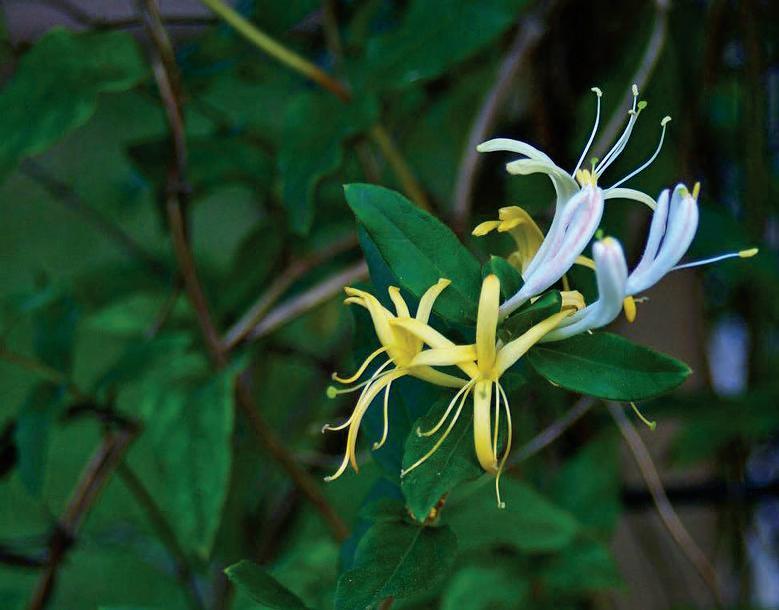
Pour your favorite spirit over the flowers (vodka and gin work well)
Store in a cool place for a few weeks
Strain out pollen, plant bits, spiders, and other debris
Use in your favorite cocktail or make a simple syrup (feel free to infuse more flowers) to make it a liqueur or cordial Cheers! (Thanks, Suzan Bellincampi!)
into areas where the habitat might be welcoming but the human inhabitants less so.
Ecologists and wildlife biologists tell us to expect to see more of what are called “range-shifting” or “climate-tracking” species as climate change makes certain locations more hospitable to some species and less hospitable to others. Luanne Johnson calls them urban adaptors, generalists, synanthropic. “These aren’t invasive species, necessarily. They are simply taking advantage
over brackish water ecosystems (take a look at the shores of Farm Pond) and do not provide the food or habitat that native plants do, they also absorb more nitrogen than many native plants and help raise the salt marsh base to help protect against sea level rise.
Emma Green-Beach, a biologist with the Martha’s Vineyard Shellfish Group (MVSG), has a thick folder full of peer-reviewed scientific studies that underscore how effective Phragmites are at nitrogen uptake. For instance, she
What has been done by the MVSG is what Green-Beach calls “harvesting” Phragmites. With a grant from the Environmental Protection Agency, the Group monitors Phragmites in small, isolated spots, then cuts them back mid-July or so before they flower. The timing is critical, she explains. If you cut them back too early, they might have time to grow back and flower. What the Group has noticed is that native species are starting to come back. So the Phragmites do the superior work of removing nitrogen but are kept somewhat in check. It’s “making lemonade from lemons,” says Green-Beach, who says that the Phragmites are far too established to be completely eradicated so we might as well turn their presence into a positive while minimizing the negative effects. The experiment hasn’t gone beyond a few small areas but the potential is there, if others can get on board.
In the Midwest, Tim Boland says, Phragmites are chopped to the ground right when they’re starting to flower to weaken them, thereby preventing them from seeding. The biomass gets used as a burning fuel.
Recently, says Green-Beach, they took some of the Phragmites and had them turned into biochar, which was then given to IGI to use in their fields to improve soil health. “So we continue to chip away at various aspects of this concept,” she says.
Green crabs are being similarly tapped as a resource in places along the east
20 MARTHA’S VINEYARD /WINTER–EARLY SPRING 2022 WHAT'S SO BAD ABOUT INVASIVE SPECIES? • FEATURE
WHAT YOU CAN DO
and west coasts of the U.S. and Canada where cooks are putting them on the menu. Researchers at McGill University in Quebec are attempting to create a biopolymer from green crab shells and a partnership between Parks Canada and Nova Scotia’s Dalhousie University aims to turn the crabs into liquid fertilizer. The goal isn’t to eradicate the invasive crabs — that horse is out of the barn, so to speak — but to keep the populations in check and allow native species to thrive and adapt.
a study he conducted to explore how different Indigenous communities were dealing with invasive species. He and his colleagues discovered that, even within communities, there were many different approaches but most centered around traditional knowledge to find solutions. “Indigenous communities seek to build relationships with [invasive species],” Reo said.
“Every plant is a gift from the Creator,” Vandal explains. “We are to respect them and give thanks for their presence.”
Duh … don’t plant invasives.
Remove invasives if they’re on your property but do so in a way that doesn’t cause further spreading. Persistently cutting them back will often do the trick. There are some species, such as Japanese knotweed, Phragmites, and Japanese stilt grass, that should be removed only by professionals.
Plant native species that support biodiversity, especially pollinator gardens, which attract all kinds of insects.
If you have a landscaper, ensure that they have an understanding of the problem of invasive species and a commitment to planting native or noninvasive species.
Don’t bring plants, soil, or mulch from off-Island.
Embrace messiness. Leave seed heads for birds, leave leaf debris for cocoons and larva.
Reduce lawn size and expand garden size.
Install bird houses, bat boxes, and owl boxes in close proximity to native plants.
Tap into Polly Hill Arboretum’s vast database of native or non-invasive options at bit.ly/PHA-invasives.
On the Vineyard, Emma GreenBeach has heard rumors of a bounty on green crabs. “All the shellfish departments trap green crabs because they are shellfish predators,” she says. “Some give/barter/trade them to conch fishermen for bait. They also make really good compost and a good broth at the least.”
A recent study by the Johns Hopkins Bloomberg School of Public Health confirms that spotted knotweed shows promise treating Lyme disease in the 25% of sufferers who don’t respond to antibiotic treatment, something Liz Durkee, the Martha’s Vineyard Commission’s climate change planner, says she first heard from Rebecca Gilbert at Chilmark’s Native Earth Teaching Farm.
Carole Vandal, a Wampanoag tribal member, says Indigenous medicine knowledge, referred to as the “Midewiwin” use herbal medicines to cure illnesses. The Midewiwin is an Algonquin medicine society found historically among the Algonquian of the Upper Great Lakes (Anishinaabe), northern prairies, and eastern subArctic. Vandal says that it instructs us, “If you are ill, go outside and look at the plants in your backyard … often the cure for what ails you can be found right under your nose and feet.”
Indigenous people have long looked at the presence of non-native species as opportunities; we should consider how they might be useful, according to Nicholas Reo, an assistant professor of Native American and environmental studies at Dartmouth College. Reo spoke to a Canadian radio show, Unreserved, about
If an invasive species is spreading into food gardens and interfering with a person’s ability to feed themselves or their family, Vandal says, “we dig them up and move them to a more suitable place to reside, or sometimes they will be left to die. But the divide and conquer ethos is not our way.”
It’s an approach similarly articulated by Robin Wall Kimmerer, author of Braiding Sweetgrass, professor of environmental biology at Syracuse University, and member of the Citizen Potawatomi Nation. Kimmerer told an interviewer for the Biohabitat site, “When [Indigenous people] look at new or ‘invasive’ species that come to us, instead of having a knee-jerk reaction of ‘those are bad and we want to do everything we can to eliminate them,’ we consider what are they bringing us.” View them as teachers, she urges, noting that “we have created the conditions where they’re going to flourish.”
While there’s little argument that we have, indeed, created the conditions for these species to flourish, the fact remains that valuable native species dwindle when certain new species gain a foothold, leaving us with a dilemma. How do we respond? While Tim Boland agrees with Kimmerer that these losses are driven by humans and that the plants themselves are not inherently evil, “they are evolutionarily programmed to survive and reproduce.” Particularly, he notes, they are opportunists which thrive in damaged or altered ecosystems.
And we all agree who’s to blame for that.
21 marthasvineyard. .com FEATURE • WHAT'S SO BAD ABOUT INVASIVE SPECIES?
While methods to eradicate invasive plant species run the gamut from mechanical removal to applying herbicides — which need to be left to the pros — there are still important ways each of us can help.
Cruising with Currier
FEATURING ANDRE BONNELL AND HIS ELECTRIC VTA BUS.
On New Year’s Eve afternoon of 2021, I boarded the route #3 bus from the Steamship Authority in Vineyard Haven to ride out to the West Tisbury Town Hall with Andre Bonnell at the wheel. Bonnell has been with the Martha’s Vineyard Transit Authority (VTA) for 25 years and he has been tapped to be the unofficial goodwill ambassador for the VTA’s line of electric buses.
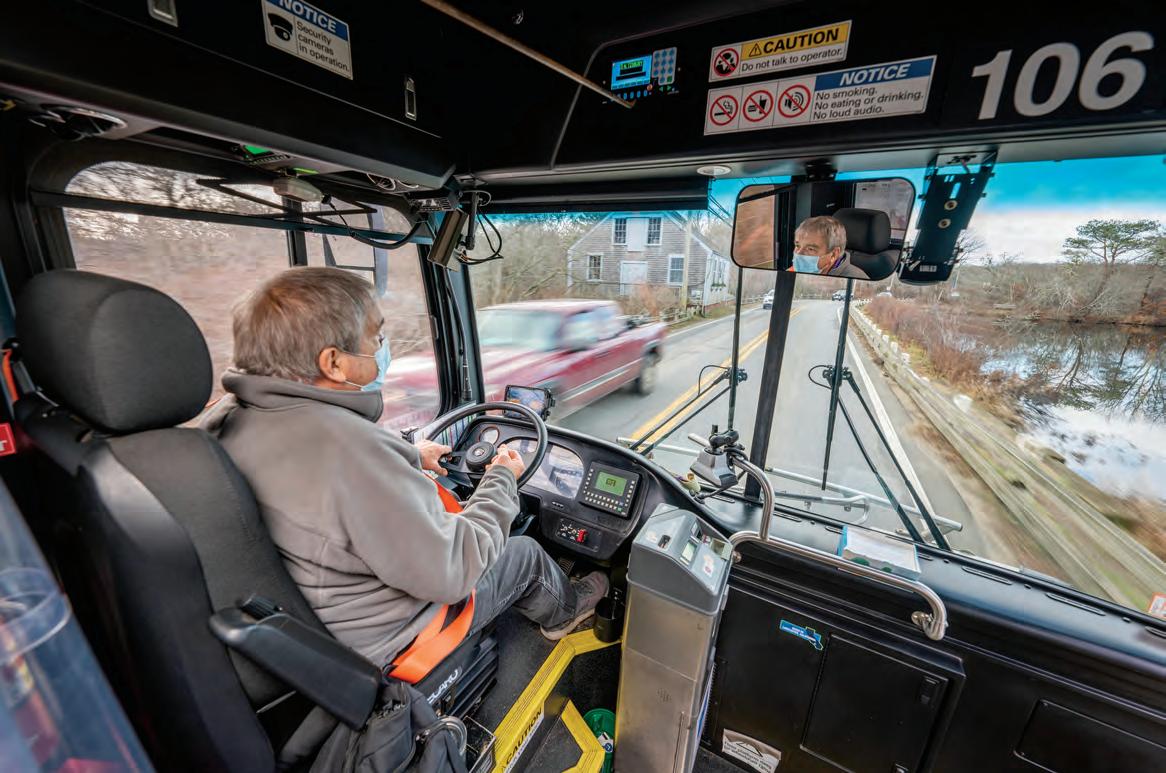
“I came to the Island for the weekend in June of 1970,” Bonnell tells me as we head toward West Tisbury, “and I’m still waiting for Monday to come around. So I guess you could say it’s been a very long weekend.” And there, in a nutshell, you have Andre Bonnell, an amiable guy with a gift for gab and more one liners than Shecky Greene.
“I’ve got a corner office with a beautiful view,” he said. “I get paid to travel and to drive the company’s $700,000 vehicle.”
Speaking at a ceremony last spring announcing the $4.5 million solar energy project (which includes seven solar canopies at the VTA headquarters in the
OAirport Business Park), Bonnell likened the conversion from diesel to electric as going from the “Fred Flintstone” era to the “George Jetson” era of transit.
“I love driving these electric buses,” Bonnell says, “because they’re a lot easier to handle. And our customers seem to love them as well. They’re quieter and they're loaded with USB ports so people can charge their cell phones or tablets.” Bonnell says that riders especially like them in the summer months because of the air conditioning. “With the old diesel models,” he said, “we used to have what we called 20/40 air conditioning … we'd open twenty windows and go 40 miles per hour.”
Bonnell says that the VTA has been running electric buses for two years now and that people seem to really notice the difference. “A lot of people from off-Island have never seen electric buses and they comment on how peppy the buses are, and how they like all the accessories. It makes me proud to show off our Island and demonstrate how we’re one step ahead.”
Bonnell goes on to explain the economies of having electric buses and how, compared to diesel buses, there’s relatively low maintenance. “The old diesel buses were not meant to run at low speeds,” Bonnell said. “They're meant to run long distances at higher speeds, so as a result, when they’re used on the Island with lots
22 MARTHA’S VINEYARD /WINTER–EARLY SPRING 2022
Written by Geoff Currier Photos by Jeremy Driesen
Electric buses are more than four times as energy efficient as diesel buses, and will save 40,000 metric tons in carbon dioxide emissions over 12 years.
of stops and starts, they end up spending a lot of time in the shop.”
Bonnell explained that the VTA maintenance crew had to go back to school to learn how to deal with the new electric buses. In a way, they had to go from being mechanics to being electricians. In the end, there is less maintenance because there’s no internal combustion engine anymore. “It’s sort of a white glove thing,” Bonnell said. “They don’t have to get their hands so dirty any more.”
Angie Gompert, the VTA administrator, told me on the phone that the electric buses are more than four times as energy efficient as diesel buses and will save an estimated 336,000 gallons of diesel fuel, translating into a 40,668-metric ton reduction in carbon dioxide emissions over the 12-year service life of the buses. This is the equivalent of taking 8,500 passenger cars off the road for a year.
“At this point, 16 out of the 32 VTA buses are electric,” Gompert said, “and moving forward we won’t be replacing any diesel buses. Our goal is to go entirely electric, and the same applies to our fleet of vans and cars.”
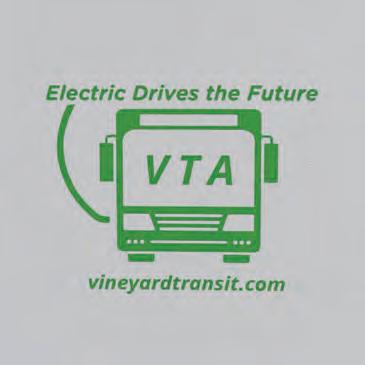
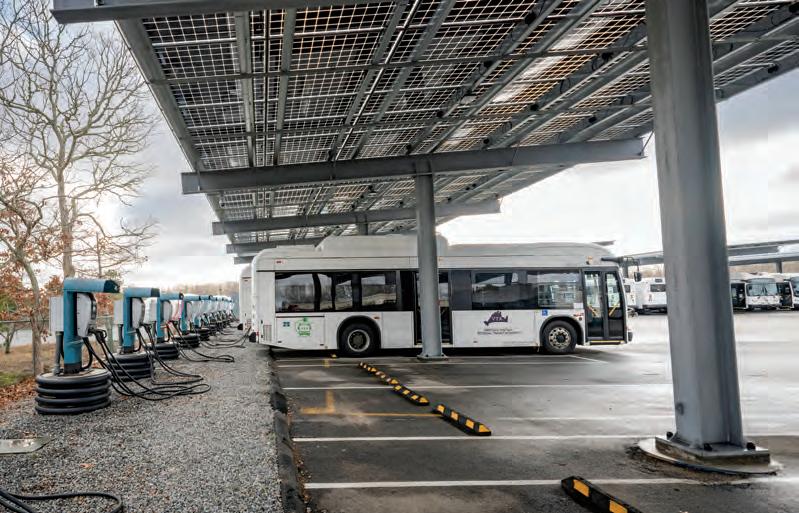
Gompert explained that funding for the electric bus program came from several sources.
”We have received four years of low or no emission (LoNo) funding for transit buses from the Federal Transit Authority (FTA) as well as $2.3 million for the differential costs of converting diesel buses over to electric. We’ve also received about $3.8 million from the MassDOT Regional Transit Authority Capital Asset Program (RTACAP), and then there was the $3.9 million that came from Volkswagen.”
As you may recall, about six years ago Volkswagen was fined for lying about their emissions. A settlement distributed significant funding to each state. The VTA’s share from the state of Massachusetts was $3.9 million.
After about half-hour on the road, Andre and I arrived at the West Tisbury Town Hall and Bonnell’s shift was over. From there, he’d be taking one of the VTA’s electric cars, a Hyundai Kona, out to
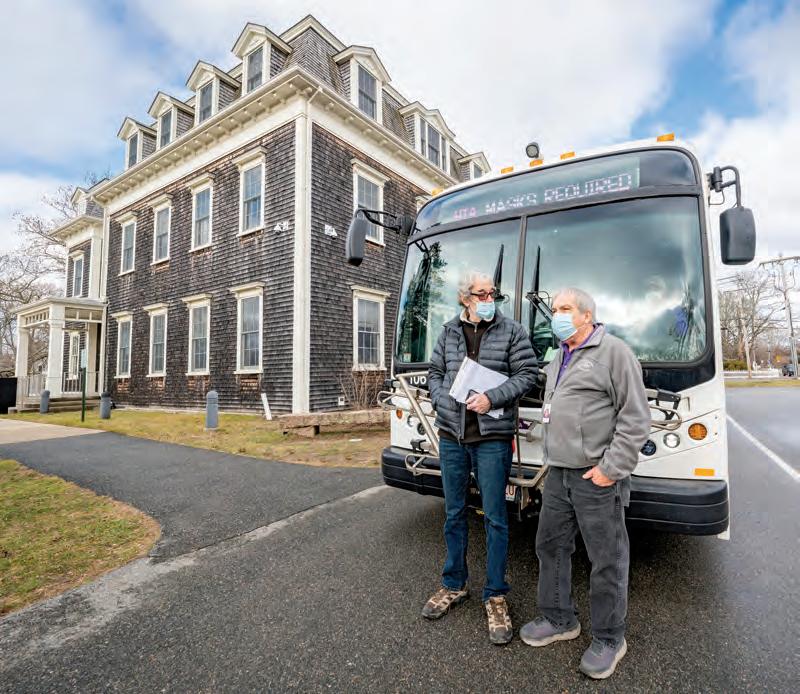
the VTA headquarters to pick up his car.
Bonnell seemed to like the Kona nearly as much as his electric bus, with one added advantage — it’s a whole lot easier to park.
CRUISING WITH CURRIER • THE VTA 23 marthasvineyard. .com
Currier and Bonnell in West Tisbury.
Buses charge at the VTA headquarters.
Life on a sparse island can be full of abundance.
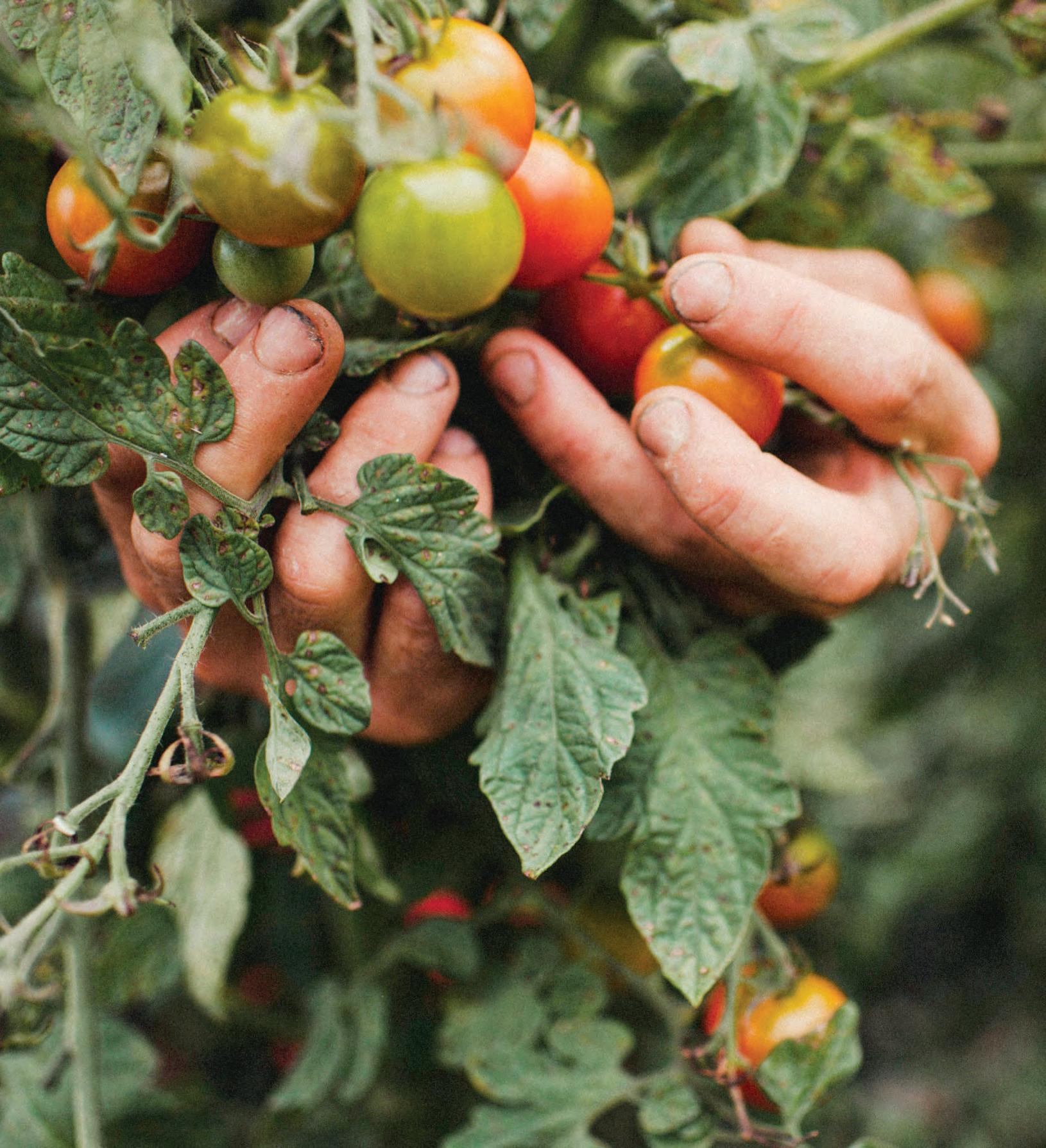
A SHARING OF MEANS • FEATURE 24 MARTHA’S VINEYARD /WINTER–EARLY SPRING 2022
In Exchange An Island Barter Keeps Things Local

One morning this past fall at Chappy Point, I stood in rubber boots and work overalls in the back of a borrowed dump trailer. I watched as Chappy Ferry co-owner, Peter Wells, behind the wheel of a skid steer, expertly plowed into an enormous pile of fresh seaweed, lifting out a bucketful of the heavy, wet strands. He then pivoted the agile machine, and delivered the load to my waiting
trailer where I kicked and tamped, spreading the seaweed evenly across the bed as he turned for another haul.
The day before, the Island was hit with a Nor'easter that left Chappaquiddick and other parts of Martha’s VIneyard without power for two days and deposited yards and yards of fresh seaweed across the Chappy Point parking lot. Now it all needed a new home.
I used this seaweed, rich in micronutrients, to form the foundation of
my vegetable and flower farm on Chappy. Over the next few months, landscaping companies, grateful to avoid additional ferry and dump fees, will add leaves, grass clippings, and pine needles to the growing pile.
In trade, come next fall, they will return with dump trucks and a front end loader, much larger than any of our own equipment, to help us move the finished material out to our production fields. The dump trucks are too large for our narrow, trail-like access road, so
FEATURE • A SHARING OF MEANS 25 marthasvineyard. .com
a new compost heap at Slip Away,
Story Lily Walter Photos Sheny Leon
On Chappy, a balancing of the scales, a sharing of means, a neighborly act of camaraderie.
The farmstand at Slip Away Farm on Chappaquiddick.
we will ask our neighbor for permission to cut across his property. In exchange, we will bring him a load or two of compost to feed his own garden.
Because of the two ferries that separate us from the mainland, we cannot affordably ship in compost from elsewhere, but must instead produce all that we use. This reduces our carbon footprint and keeps our fertility plan hyperlocal. But this critical process requires assistance from many in our community: Peter and his skid steer, my friend’s dump trailer and truck, the landscaper’s inputs and machinery, the
neighbor's permission for drive-in access.
Although no money has been exchanged, no capital lost or gained, many who help us will also benefit, either now or in the future.
We call this informal trade island barter. With limited resources, inflated service fees associated with living in a seasonal, tourist-driven economy, and a desire to keep things local, we rely on each other for equipment or skills, childcare, and food.
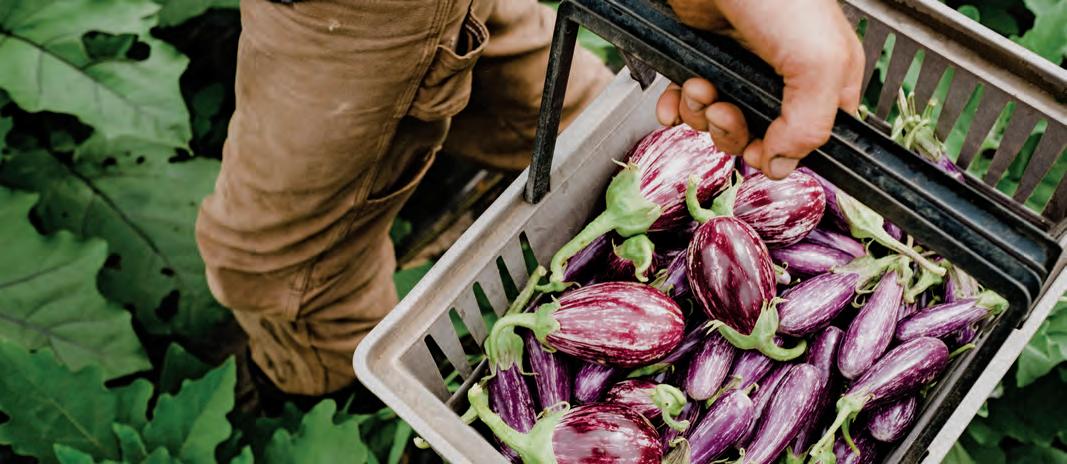
I am neither a hunter nor a fisherman. I know nothing of harvesting food from the woods or pulling catch from the sea.
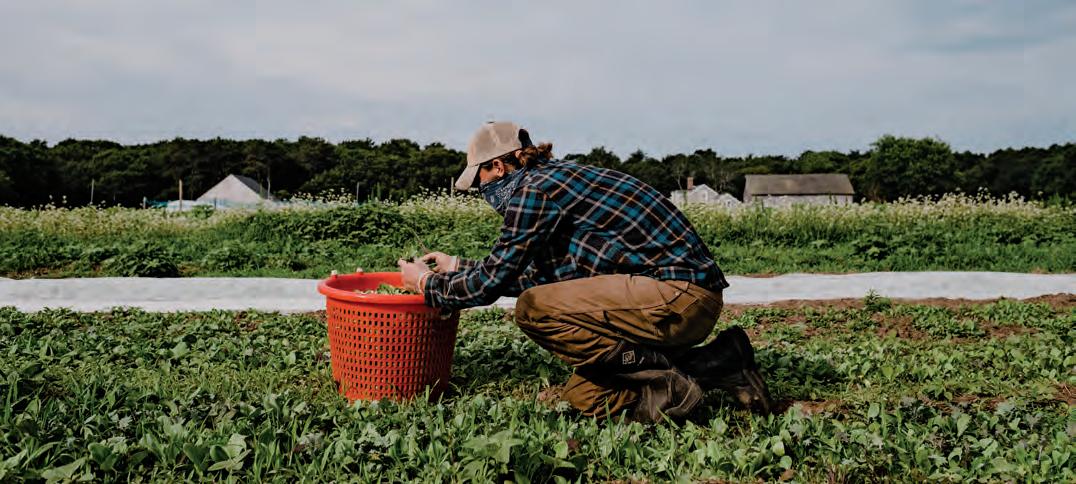
A SHARING OF MEANS • FEATURE 26 MARTHA’S VINEYARD /WINTER–EARLY SPRING 2022
How
do you measure the worth of a successful small farm or the lifetime care of a trusted carpenter?
Neighbors on Chappy rely on each other for equipment or skills, childcare, and food.
Walter will trade vegetables for proteins from a neighbor who hunts or fishes.
I know farmland: long rows of crops stretching out in front of me in a flat, open field. Because of my profession, vegetables dominate my dinner table, substituted with meat from other Island farms or occasionally the grocery store. But over the years, I have been fortunate to cultivate barter relationships with Chappy neighbors. My dinner table frequently features Island protein harvested by others.
Years ago, our then-mailman, an avid hunter and fisherman, occasionally delivered a big striped bass or a bluefish along with our daily mail. In the fall, he spends many hours up in a tree stand, hunting deer, first with a bow and then, as the season progresses, a shotgun. Some years, at Christmastime, we return home to find a bag of fresh venison hanging on our front door. In those winters, sausages, ground venison, and the coveted back strap make their way to our kitchen table.
Another acquaintance visits Chappy twice a year, once in the late spring and again in the fall. He spends his time on-Island fishing and clamming, absorbing all the Chappy shores have to offer. Once or twice on his visits here, he drops by the farm, pops open his tailgate and pulls out bluefish caught an hour or two earlier. For dinner on those nights,
we stuff a few lemons inside the fish and toss the whole fish on a hot grill. We serve it on a wooden cutting board, each pulling off chunks of the briny meat, avoiding the delicate bones.
In exchange, I offer these two individuals what I can, depending on the season. In spring, it may be salad greens, radishes, or pea shoots to go with the fresh catch. In summer, a few pounds of tomatoes, a pint or two of fairytale eggplant, or a handful of shishito
peppers to cook on the grill. Come late fall, a newly harvested deer might hang for several days in our walk-in cooler.
My favorite barters are around food. I love that I can have an entirely Chappy dinner, one in which I was responsible for only a few of the components. I imagine the hunter or fisherman sitting down to a similar meal, experiencing a similar joy. We are eating in a way that feels right. Resources were shared, dinners were made, people were fed,
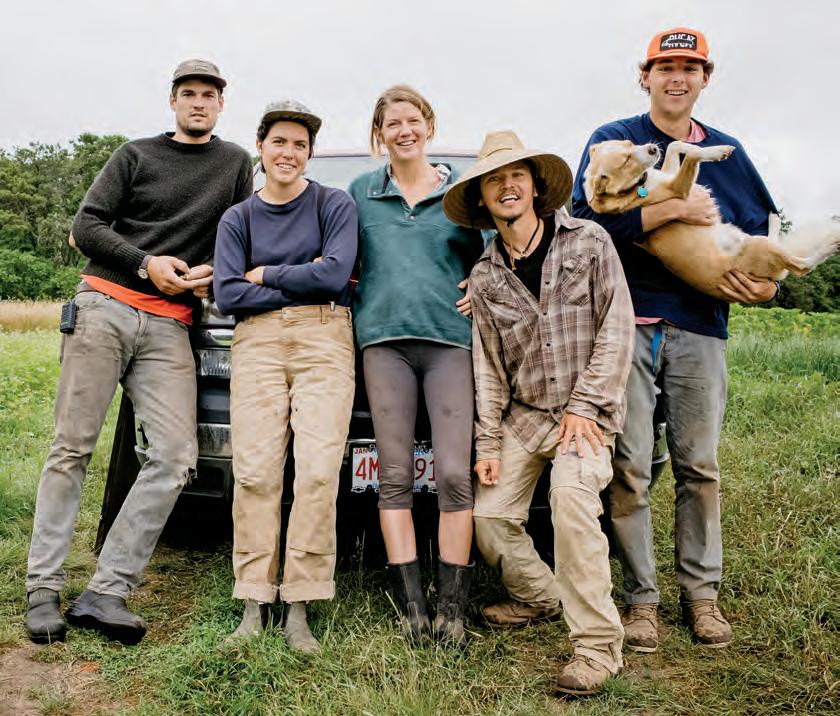
FEATURE • A SHARING OF MEANS 27 marthasvineyard. .com
These friends and neighbors wanted to see us thrive. They wanted to encourage small-scale agriculture and enable us, a small group of young farmers, the chance to make a living here.
Slip Away crew: Collins Heavener, Madi Howard, Lily Walter, Sheny Leon, Lars Schuster, and Baxley the farm pup.
all from within a few square miles.
Frequently, Island barters revolve around skills or trades. We live in a place where finding an available tradesman, particularly during a building boom or in the summer months, can be challenging if not impossible. Plumbers, electricians, and carpenters are in high demand and, if secured, expensive. For many islanders, bartering helps level the playing field. There is the electrician who recently wired an infrared sauna in exchange for a lamb. The carpenter who renovated a kitchen to offset the purchase of a dream vacation condominium. And the plumber who exchanged his work for a cavalry sword used in World War I.
Sometimes, Island barter involves less tangible trades or an item may be given without any expectation of a near-term return. When I first began the farm, I often felt like we could not reciprocate for many of the gifts that came our way.
We had neighbors bringing perennial plants for our herb garden and lending a hand when we skinned our first hoophouse. Friends loaned us equipment, plowed our first fields, let
WHAT YOU CAN DO
Find existing groups for sharing, such as the MV Plant Trading Facebook page, where you can trade for shrubs, flowers, and houseplants.

Create a Facebook group — you can make it private, invitation-only among those you trust — and share lawn mowers and power tools, or childcare and errands. Chat with like-minded neighbors and establish something informal, though you’ll want to be sure to create some structure so that borrowed items don’t languish in someone’s garage, or there’s an agreed-upon approach if something breaks when in use. Be a good neighbor and always return items in good condition.
Do you participate in a neighborhood sharing economy? Tell us about it: editor@ bluedotliving.com or via Twitter and Instagram: @bluedotliving
us borrow dump trucks and flatbeds, sponsored our first bee hives, installed a new well, graded our driveway. We received a grant to purchase a new tractor, but before we did so, a neighbor offered us his big John Deere for free, allowing us to direct the funds towards other needed infrastructure purchases.
What I have come to learn with time is that none of these things were given with the expectation of a physical return; instead, the trade was the success of the farm. These friends and neighbors wanted to see us thrive. They wanted to encourage small-scale agriculture and enable us, a small group of young farmers, the chance to make a living here. They hoped to one day avoid a ferry line across to the other side and instead find dinner in our farmstand, perhaps greeting a neighbor while selecting their salad greens or bouquet.
I hope that those who gave to us in the early days now feel that their barter has been met, but it also feels good to have something more tangible to offer in trade: a truck or tractor, flowers or vegetables.
The beauty of barter is that there is no metric. A bluefish, in dollar value, may or may not be equivalent to a dozen eggs offered in trade. How do you measure the worth of a successful small farm or the lifetime care of a trusted carpenter? Is a freezer stocked with lamb comparable to a wired sauna? It may be impossible to assign a price to all that is offered in trade. Yet, if each recipient feels the worth of their half is met, suddenly both parties stand on equal footing. It is a balancing of the scales, a sharing of means, a neighborly act of camaraderie. One for the other, returning.
Lily Walter is the owner of Slip Away Farm on Chappaquiddick.

A SHARING OF MEANS • FEATURE 28 MARTHA’S VINEYARD /WINTER–EARLY SPRING 2022
Lily Walter at Slip Away.
FIELDNote
To: Bluedot Living
From: John Abrams
Subject: Housing Bank L egislation has Strong Environmental Standards


First, some background: I’m hopeful that all six Vineyard town meetings and ballot votes will send the proposed MV Housing Bank (MVHB) transfer fee bill to the state legislature this spring. The 2% fee on real estate sales above $1,000,000 will provide a long-term steady source of funding for attainable year-round housing. Modeled after the Martha’s Vineyard Land Bank, this is a critical resource that our community has lacked for too long.
Our local legislation will contain innovative environmental restrictions that may have far-reaching implications. They could serve to raise building standards Islandwide. And with statewide enabling legislation currently pending — which would allow similar housing banks anywhere in the state — these standards can serve as a model for other towns, cities, and regions.
The Vineyard legislation provides that all funds spent by the Housing Bank (aside from administrative costs) must comply with the following requirements:
• No less than 75% of Island-wide annual funding commitments shall be allocated to projects on properties previously developed with existing buildings. This provision
may be the most important. The Housing Bank’s task is not to promote development; it’s to provide stable year-round housing for locals. Using existing housing — and especially converting current seasonal and short-term rentals to year round — is the best way for the Island, and the least expensive.
• No new construction shall use fossil fuels on site (except as needed during construction, renovation, repair, temporary use for maintenance, or vehicle use), and all new construction shall achieve a HERS (Home Energy Rating Service) rating of zero and, to the maximum extent possible, shall produce no new net nitrogen pollution. Nitrogen pollution is the greatest threat to our ponds and groundwater supplies. HERS ratings measure building performance and are becoming more common in building codes and a HERS rating of zero means the building(s) is capable of producing as much energy as it uses.. These requirements are not easy to achieve. That’s the point.
• All new construction on undeveloped properties of more than five acres shall preserve a minimum of 40% of the property and minimize tree removal. This promotes clustering, preserves open space, and protects the carbon embodied in trees.

• All projects shall minimize disturbances to the local ecology. Native landscapes and low-impact development practices are important.
• If a project receiving Housing Bank funds includes both income-restricted and market-rate units, the requirements listed here shall apply to the entire project. They should, in fact, apply to all Vineyard development. Someday they will. In addition to those requirements, there are three additional environmental priorities. These recognize that not all projects will be able to meet them, unlike the standards above. The MVHB will prioritize:
• Projects that are close to existing services (honor “Smart Growth” principles). Walkable neighborhoods close to services and public transportation.
• Projects that are not in priority habitat areas as defined by the Massachusetts Natural Heritage and Endangered Species Act. This speaks for itself.
• Projects that mitigate the effects of climate change, such as projects which do not use fossil fuels or have a master plan to delineate a path to fossil-fuel free operation and net-zero annual site energy consumption. This priority is for existing buildings (all new construction is subject to the absolute requirements above).
The MV Housing Bank Steering Committee is proud of this aspect of the legislation. Your participation is crucial to this legislative effort. Vote for the MV Housing Bank at your annual town meeting and at the ballot this spring. Please be certain to do that. Find out more at ccmvhb.org
John Abrams is CEO of South Mountain Company and a member of the Coalition to Create the MV Housing Bank Steering Committee.
in a word Aquamation
[Aa·kwuh·mey-shuhn]
On December 26, 2021, Desmond Tutu died, leaving a legacy of deep justice and faith.
So it’s perhaps no surprise that he chose to have his remains disposed of by a method that is particularly light on Mother Earth — aquamation.
Also known as alkaline hydrolysis or, colloquially as water cremation, aquamation involves placing the deceased’s body in a pressurized metal container that contains
about 95% water and 5% alkali, typically sodium or potassium hydroxide. The liquid is heated at high pressure to between 200 and 300 degrees Fahrenheit for up to four hours. What remains are bones, soft enough to be crushed to dust and delivered to the deceased’s family, if they like. The liquid is usually benign enough to be disposed of like any wastewater, including being used to water a garden. Unlike cremation, aquamation releases no greenhouse gases,
and doesn’t require a coffin or the toxic chemicals used to embalm bodies. Although the use of roughly 100 gallons of water per process is significant, it’s still better for the planet than embalming or cremation.
To date, aquamation is legal in 20 states. In Massachusetts, there is no specific legislation or regulations governing its use for people — though it is legal for pets, so Fluffy and Fido, at least, can go out with an earth-friendly splash.
FIELD NOTE
PHOTO: ISTOCKPHOTO.COM
Room For Change:
The Bed
In my junior year, my dear and brilliant friend whom I’ll call Rose got kicked out of college. Due to the drug-related nature of her dismissal, Rose had to make a fast exit so she left me her bed — a two-month-old very expensive queen mattress and box spring — and a set of new sheets from Gracious Home, a high-end home store in New York City. I had always slept on futons or whatever was there with whatever sheets and blankets were available. My first night in Rose’s bed was a revelation. (And, before we go any further, let me pause and say, “Don’t worry about Rose.” She eventually graduated from an amazing school and has gone on to live a productive life.)
Since then, I’ve been obsessed with sheets and beds. I’ve tried dozens of kinds of sheets and sheet companies and many mattresses. My husband and I currently have the best bed I’ve ever slept in. The sheets are soft. I have an organic cotton waffle blanket that cools in the summer and traps heat in the winter. And an insanely expensive mattress manufactured with sustainably sourced natural fibers that has the perfect combination of softness and support. And most of all, the mattress has a 25-year guarantee, which allows me to sleep easily even with the crazy price.
So when the Bluedot team got together to discuss what Room for Change topic we could tackle next, we thought, “It’s winter, where do we find ourselves most?” Our answer: “Curled up in bed!” I thought, “Great. Given my 30+ years as an avid consumer, this will be easy. I can write this in my sleep.” It turns out my depth of knowledge of beds was, at best, shallow.
The reality is that the bed business is as complex and complicated as the business of clothing, which Bluedot examined a few months ago. Until very recently, the regulation and business of mattresses and bed linens has been largely focused on fire safety (fair enough) and improving sleep (also fair) rather than environmentally conscious materials and sustainable practices. This also goes for sites and organizations that specialize in evaluating these products. They do not factor in the health of the planet, the health of the people making the product, or the health of the people sleeping on it. To further complicate things, whether you want to spend $100 or $10,000, you can find “organic” or “sustainable” mattresses, sheets, pillows, and blankets. So the question is: Is the product really green or just greenwashed? Is it just the right lingo or the right practices?
Before we go any further, let me say that, as with everything, there is a starting point. That is what this article is: a place to start. This is not the Kama Sutra of beds and bedding. These are broad guidelines and things to begin to look out for as you make your way through what is really a tangle of mattresses, blankets, and sheets.
Finally, outfitting a bed is an expensive process. Very few folks can — or should — toss out everything they have and start from scratch. Beyond cost, this approach creates unnecessary waste. The point is: getting to an environmentally sustainable bed and all its accoutrements is a process. It took our family about ten years.
When it comes to beds — from the bed itself to the linens and pillows — the number one rule is pay attention to the materials.

Let’s begin with the bed itself.
Buying a Mattress
What kind of mattress should you get?
This is a big and often overwhelming question.
But it becomes easy if you follow rule number one – pay attention to the materials – and rule number two, which is: Buy based on what’s actually on the mattress’s label.
ROOM FOR CHANGE: THE BED 30 MARTHA’S VINEYARD /WINTER–EARLY SPRING 2022
Story By Mollie Doyle Photos by Jeremy Driesen
A little background on why this is so important. As Laura Miller points out in her March 2020 Wired article on the mattress business, “The problem is that mattress companies don’t own the manufacturing process or intellectual property of the products they sell, which are largely made by a few U.S. foam factories that supply numerous brands.” In other words, the mattress companies don’t control the materials in the products they sell. Hence, the best approach to buying a mattress is to read the mattress’s actual label. These labels are the white floppy tags attached to the mattress that can only be legally removed by the owner. My mattress label reads, “All New Materials 46% Cotton Felt, 29% curled hair, 25% Wool Felt.” This tells me I have a bed fabricated from natural materials, which leads me to my next very important point:
There are two main things to consider — what to avoid (toxic chemicals) and what to aim for (natural materials).
How to avoid toxic chemicals
While buying a bed without harmful chemicals may seem like an obvious goal, it is not an easily attainable one. The Environmental Working Group’s Do’s and Don’ts list says it best: “Most mattresses on the market are full of chemicals that can pollute your bedroom air and harm your body.” There are four groups of chemicals to steer clear of: Volatile Organic Compounds (VOCs), PFAS
(called “forever chemicals” because they never break down), flame retardants, and vinyl (PVC).
There is a tremendous amount of information on why the dozens of VOCs, the 4,000 PFAS compounds, halogenated flame retardants, antimony, boric acid, and vinyl are bad. These chemicals have all been proven to be harmful to human health. In order to avoid these chemicals, the Environmental Working Group recommends buying mattresses (check the labels) that have:
• No less than 95% certified organic content
• No polyurethane foam
• No added chemical flame retardants
• Low-VOC certification
• No added fragrances or antimicrobials
• No PVC or vinyl
How can you know? There are some tell-tale phrases and words that indicate the presence of PFAS and VOCs:
Look for one or more of these certifications
Certified B Corporation; American Down & Feather Council Certified; Responsible Down Standard Certified; Global Traceable Down Standard; Global Organic Textile Standard (GOTS); GOTS certified organic wool; GOTS certified organic cotton; Made Safe; 1% for the Planet; Global Organic Latex Standard (GOLS); OEKO-Tex, Cradle to Cradle; Greenguard; Clean Energy Partner Certified; Climate Neutral Certified; Forest Stewardship Council Certified; Organic Soil Association; Green-e; Fairtrade; Rainforest Alliance Certified; Programme for the Endorsement of Forest Certification; Green Seal; ACT Label; Not Tested on Animals; GBB (Green Business Bureau); Green C Certification; WasteWise; WaterSense; Green America.
• Avoid anything that says “moisture resistant” or “stain resistant”— these are signs that there might be PFAS chemicals in the mattress
• Avoid synthetic latex, which is made from petroleum-based compounds, styrene and butadiene — both VOCs.
• Avoid foam or memory foam mattresses. This includes beds with gels or gel pods. As with synthetic latex, these are petroleum-based products that offgas VOCs. Look for 100% natural latex (more on that — keep reading).
What natural materials to look for
Look for at least 95% wool (a natural flame retardant!), flax, cotton, horse hair, 100% natural latex (rubber), hemp, kapok.
It’s even better if these materials are organic, regeneratively farmed, and responsibly harvested. Look at a company’s website: If they are not boasting about these additional attributes, their materials are probably not.
For those not familiar with natural latex, it’s an amazing material. Latex is most commonly harvested from rubber trees, but can be found in nearly 10 percent of all plants. When harvesting natural latex, a rubber tree is tapped and milky liquid flows out. A tapped tree will continue to live for about 24 to 30 years and then its latex production will slow down. It’s a bit of a misnomer to call it “100% natural latex” because to make the milky substance into a solid, you must add something. Some companies use synthetic
Continued on page 46
ROOM FOR CHANGE: THE BED 31 marthasvineyard. .com
Until very recently, the regulation and business of mattresses and bed linens has been largely focused on fire safety (fair enough) and improving sleep (also fair) rather than the health of the planet, the health of the people making the product, or the health of the people sleeping on it.
Elevating Vegetables: Leeks, The Whole Story Never waste a leek again.
 STORY AND RECIPES BY CATHERINE WALTHERS
STORY AND RECIPES BY CATHERINE WALTHERS
There’s little doubt that winter soups and stews gain flavor and depth by adding leeks, often in addition to onions. Writing a soup cookbook, Soups + Sides, only confirmed my deep appreciation of this upright, sturdy allium.
At some point, though, I realized we have been wasting two-thirds of the vegetable — unnecessarily, it seems. I grasped this after a mistake by a novice in the kitchen. While cooking breakfast for visiting family, I had asked my husband to help sauté some leeks for an omelet. Leeks soften much quicker than onions, and offer a milder, sweeter flavor. He had sliced from the top, from the dark green part, and sautéed. About to school him for using the wrong end, I decided just to use the soft, green sections he had sautéed and skip the drama. It tasted the same! Maybe even more flavorful than the white or light green parts recipes still call for. The idea has been avoiding tougher dark green parts, which seem to be not so tough after all. The proverbial light bulb clicked on and I never wasted a leek again.
You will get more for your money if you use the whole leek — the white, light green, and dark green parts — while wasting much less.
Besides soups and stews, leeks find their way into flavoring sauces, soufflés, frittatas, gratins, pasta dishes, and more.
GROWING LEEKS
If you have a garden, plant leeks. They come in tiny bunches of seedlings and are easy to grow. You can leave them in the ground long after the garden is put to bed. I pulled one in January for a lentil soup.
COOKING LEEKS
Leeks cook much quicker than onions. The longer you cook an on ion, the sweeter and more flavorful it becomes as it sheds its liquid. Cooking onions for 10 to 15 minutes until they start to caramelize creates a favorable soup base. Leeks, on the other hand, just need to wilt and soften, which can take under 5 minutes. For that reason, start cooking the onion first, then slice the leek and add. The com bination of an onion and a leek works wonders in soups.
TO PREP
Leeks can be sandy and need a thorough rinse. Slice off any wilted or ruined ends, cut the leeks in half lengthwise and rinse each half under running water to get any dirt or sand between the layers. When rinsing and getting between the layers, try to hold the half intact. It makes it easier to slice.
KALE, BEAN, AND VEGETABLE SOUP

Serves 6
This is a quick-cooking vegetarian soup ready in less than 45 minutes. I enjoy the bright green hue of kale cooked sep arately in this soup. To skip that extra step, add kale directly to soup and let it simmer for 10 minutes.
2 Tbsp. olive oil
1 onion, diced
1 whole leek, cut in half lengthwise, rinsed, and sliced
2 cups butternut squash, cut into ¾ inch dice
4 carrots, diced (about 1 ½ cups)
LEEKS, THE WHOLE STORY • FEATURE 32 MARTHA’S VINEYARD /WINTER–EARLY SPRING 2022
PHOTO ALISON SHAW
POTATO LEEK SOUP
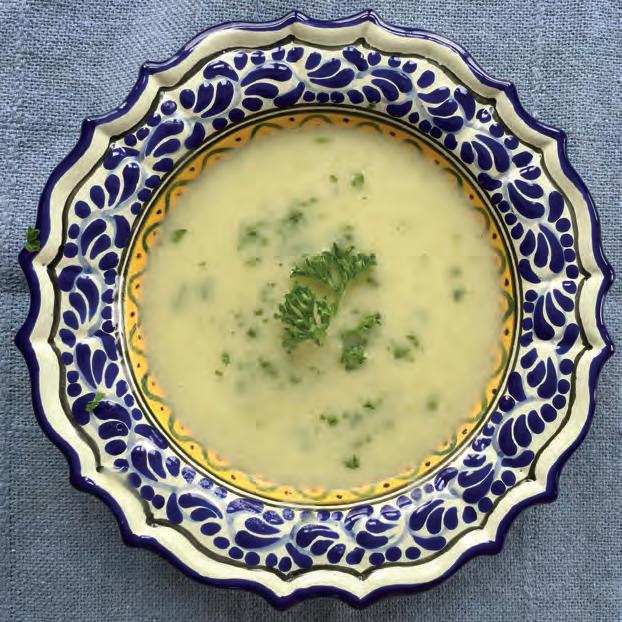
Serves 4 to 6
1 small to medium onion, diced
3 whole leeks, trimmed, cut in half lengthwise, rinsed and sliced
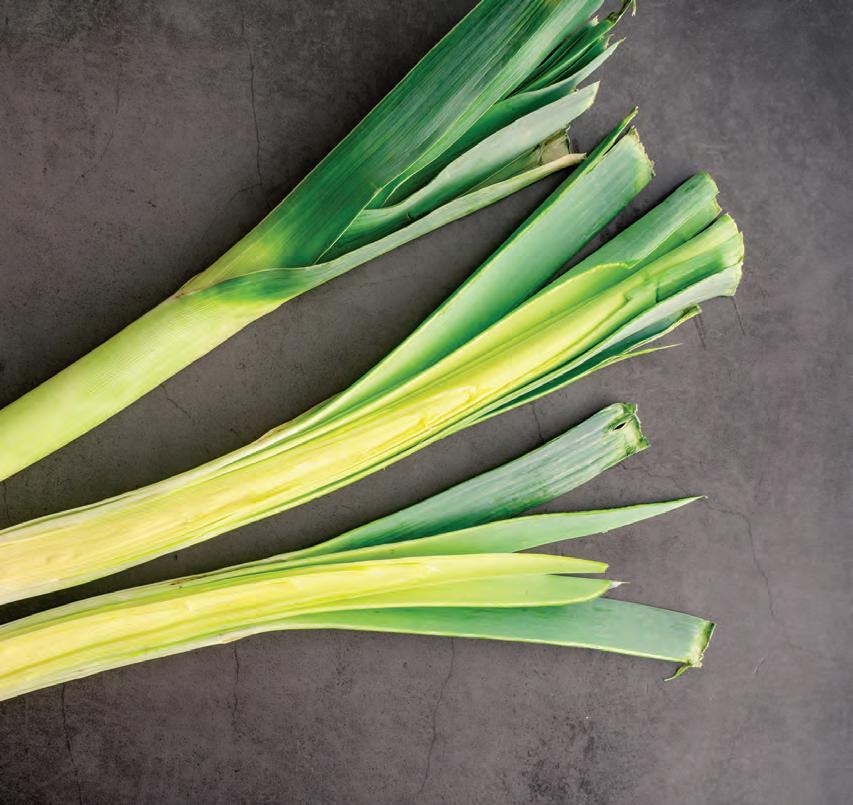
2 Tbsp. butter
6 cups water
2 medium potatoes (about 1 lb.), peeled and sliced ¼ inch thick
2 Tbsp. minced fresh parsley leaves
2 bay leaves
6 cups water
1 (14-ounce) can diced tomatoes, with juices, or 1 cup freshly roasted home tomatoes
5 cups kale, (about 1 small bunch), stalks removed, cut into bite-sized pieces
1 (15-ounce) can kidney beans, rinsed well with hot water

Salt and pepper
Potato Leek is one of the earliest soups I remember making and remains one of my favorites. I am still awed by this simple combination of leeks and potatoes that creates a subtle, but delicately flavored soup. I find no need to add cream; though some have added chicken stock in place of water. One hint to creating the most flavor is adding enough salt — it draws out the flavor. So, if it tastes bland, add a bit more until it’s not.
In a soup pot, sauté the onion and leeks in the butter over medium heat until soft, about 10 minutes.
Add the water, potatoes, parsley, bay leaves, and 1 teaspoon of salt and bring to a boil. Lower heat to medium-low, cover, and simmer about 30 minutes or until potatoes are soft.
Remove the bay leaves. Purée the soup in a blender, in two batches, until creamy and smooth. Return the soup to the soup pot and heat gently. This soup typically needs a fair amount of salt; keep adding salt a bit at a time, tasting as you go, until the leek flavor shines through. Add the pepper, and garnish with croutons or chopped parsley if desired.
In a soup pot, sauté the onion in the olive oil for 5 minutes. Add the leeks, butternut squash, carrots, celery, and garlic and sauté until leeks are wilted, 8 to 10 minutes, stirring often. Add chili powder and oregano and stir 1 to 2 minutes until fragrant.
Add the water, a few pinches of salt and diced tomato. Bring to a boil, then turn down the heat and simmer, partially covered, for about 20 minutes, until vegetables are cooked, but not falling apart.
Meanwhile, bring 3 cups of water to boil in a medium saucepan and cook the kale, covered, in the boiling water for 5 minutes. Drain, and add to soup, along with beans. Season with additional salt, until the flavors pop, then pepper.
FEATURE • LEEKS, THE WHOLE STORY 33 marthasvineyard. .com
LEEKS: ISTOCKPHOTO.COM
| SOUP PHOTO CATHY WALTHERS
Whales in the Balance
A veteran of marine mammal conservation has a new book with a startling message:
To save an entire species, we need more hands on deck.
Fin whale carcass being hauled up at the Hvalfjordur whaling station, July 1983. The harpoon, which is visible at the top of the carcass, is poorly placed, not having penetrated the body cavity. A second harpoon, whose entry point can be seen between the visible harpoon and the left flipper, was required to kill this animal.

WE ARE ALL WHALERS • FEATURE 34 MARTHA’S VINEYARD /WINTER–EARLY SPRING 2022
PHOTO: MICHAEL J. MOORE
BY SAM MOORE
Michael Moore, a senior scientist at the Woods Hole Oceanographic Institution, got his first up close look at the lives of whales in the summer of 1979. They were humpbacks, feeding on capelin near the fishing village of Bay de Verde, Newfoundland. Moore was watching them from his official research vessel — a leaky, 28-foot wooden sailboat.
Dr.
“At the time, it was pretty informal, and you did what you did,” Moore said. He was aboard at the behest of Hal Whitehead, a biologist whose groundbreaking studies of culture and social behavior among whales revolutionized understanding of these complex animals.
Soaking in Newfoundland and Labrador’s cornucopia of marine life, sailing through ice and fog, and exploring abandoned whaling stations, Moore became entranced by cetaceans.
Since then, the study of marine mammals has matured, and Moore has matured with it. He joined WHOI in 1986, and has been involved in nearly every facet of cetacean conservation on the East Coast — as a biologist, as a veterinarian, and, all too often, as a mortician.
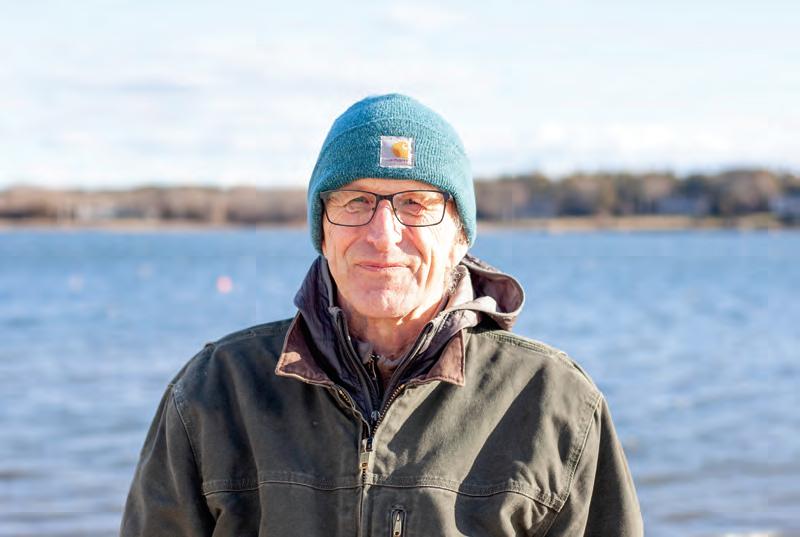
Moore’s decades in the field were accompanied by a growing sense of urgency about one species in particular, the North Atlantic right whale. His new book, We Are All Whalers, looks back at his own life and forward to the tenuous future of these imperiled behemoths.
He spent his career learning how to save right whales on an individual basis, with some success. “But,” he writes, “I also knew that prophylaxis had to be the ultimate goal of any veterinarian.” To save an entire species, Moore warns, we need a lot more hands on deck.
Studying the Outliers
The path that led Moore to whales began at Cambridge University, where he became interested in marine mammals because they were so often anatomical and physiological outliers in the animal kingdom, the exceptions that his professors used to demonstrate a rule.
Chasing this curiosity, he finessed his way to the Faroe Islands to study the whale hunt. He also made contact with Hal Whitehead, who was doing a PhD on humpback biology and Whitehead invited Moore to sail with his research crew in Canada and eventually the Caribbean.
Moore’s book is full of these providential connections. “My wife describes the book as a sort of justification for being a peripatetic,” Moore said, smiling. “Taking what opportunities come your way.”
A journal entry from January 1980 finds Moore anchored in a 33-foot sloop on Silver Bank, north of the Dominican Republic, on the wintering grounds where humpbacks calve and mate. “Now anchored in the deep part of the bank,” he wrote, “not much wind and lots of singers, very beautiful, very tired. Songs can be heard through the hull. This is a very special place.”
FEATURE • WE ARE ALL WHALERS 35 marthasvineyard. .com
The relics of old whaling dot the Vineyard — the church in Edgartown, the antique scrimshaw on Islanders’ shelves, and the logbooks of whale ships at the Martha’s Vineyard Museum. Whaling is part of the Island’s foundational story.
Dr. Michael J. Moore, by the sea near his home in Marion, Mass.
PHOTO: SAM MOORE
Like many on the Cape and Islands, Moore watches whales from the deck of a boat, often in the early spring when they congregate here with their calves. With the typical ingenuity of oceanography in Woods Hole, he’s also figured out how to give a whale an ultrasound in the wild, and he helped invent a whale-sized dart gun to sedate whales during rescues at sea. He also became a sort of coroner for right whales wherever they died.
Right

WE ARE ALL WHALERS • FEATURE 36 MARTHA’S VINEYARD /WINTER–EARLY SPRING 2022
whale detections near the Cape and Islands in 2021 by acoustic buoys, aerial surveys, autonomous underwater gliders, and other methods of observation
WHALEMAP/WHALEMAP.ORG
Against this idyll, Moore juxtaposes his experience aboard an industrial whaling ship in Iceland in 1983, where he saw the effect of explosive harpoons on fin whales. The experience “became the sort of end stop,” he said. “Okay, if you're going to go kill whales, this is how to do it efficiently.”
“Most whale biology prior to 1980 was gleaned from whaling trips,” Moore said. Historian D. Graham Burnett described these scientists as “hipbooted cetologists” for their wade-andsee approach. Their utilitarian outlook was challenged by new work in ecology, genetics, and especially acoustics that began to paint an astounding picture of life as a whale.
Among the early trailblazers of this new field was another WHOI scientist, Bill Schevill, who with his wife, the zoologist Barbara Lawrence, recorded the first underwater whale songs in 1949 — a phonograph of Beluga whales calling to each other. (Check out our Whale songs Spotify list at marthasvineyard.bluedotliving.com.)

When Moore came along in the late 1970s, he met Roger and Katy
Payne, whose best-selling bio-acoustic album “Songs of the Humpback Whale” helped catalyze the worldwide “Save the Whales” movement and the global moratorium on whaling in 1972.
Although he is a scientist, Moore feels he also must advocate for whales, “by the nature of a veterinarian's commitment to the health of their patients,” he said. “Certainly, I’ve become more of an advocate than I was, say, 20 years ago. I feel like I have a basis of knowledge and perspective that has some value in terms of where to advocate and how to do so.”
The Cape, the Islands, and the Right Whale Moore’s specialty is right whales, and despite the increasing efficiency of rescue operations, they are dying at an alarming rate. By 2021 their populations had declined for 10 straight years, according to the New England Aquarium, and are now down to roughly 336 individuals. There are fewer than 100 breeding females.
Like many on the Cape and Islands, Moore watches whales from the deck of a boat, often in the early spring when they congregate here with their calves. With the typical ingenuity of oceanography in Woods Hole, he’s also figured out how to give a whale an ultrasound in the wild, and he helped invent a whale-sized dart gun to sedate whales during rescues at sea.
He also became a sort of coroner for right whales wherever they died — whether it be Maine or Florida. “Basically, I had to be ready to grab a box of tools and be on a flight that same day,” he said. “Quite often I'd
FEATURE • WE ARE ALL WHALERS 37 marthasvineyard. .com
Moore's mentor, Hal Whitehead, on the research sailboat Firenze.
He learned how to take apart whale carcasses and diagnose trauma. The experience ‘became the sort of end stop,’ he said. ‘Okay, if you're going to go kill whales, this is how to do it efficiently.’
PHOTO: MICHAEL J. MOORE.
A journal entry from January 1980 finds Moore anchored in a 33-foot sloop on Silver Bank, north of the Dominican Republic, on the wintering grounds where humpbacks calve and mate. ‘Now anchored in the deep part of the bank,’ he wrote, ‘not much wind and lots of singers, very beautiful, very tired. Songs can be heard through the hull. This is a very special place.’
be waiting on the beach when they towed it in the next morning.”
His work left little room for doubt about the cause of the whales’ decline. “Veterinarians are trained to look at live and dead animals, to take them apart when they're dead, figure out how they died and why, and do something about it,” he said.
Necropsies overwhelmingly implicate shipping traffic and trap fishing. Some whales are injured and killed in collisions with large vessels traveling at speed. Others are entangled in lobster or crab traps as they swim, mouths agape, through swarms of their favorite food.
“North Atlantic right whales tend not to die of old age,” Moore writes. A recent study found that entanglement in fishing gear or strikes from vessels were responsible for 88% of all known causes of death for right whales between 2003 and 2018.
The North Atlantic Right Whale Consortium keeps a catalog of all right whales ever photographed. By identifying unique features on each whale, this system allows them to track individual whales over time, so the whales that Moore studies often have years of observational data to draw from.
When scientists reviewed the catalog
of known whales, they found that 83% of the animals carried scars from entanglement in fishing gear, 59% had been entangled more than once, and 26% received new scars every year.
In other words, nearly all right whales find themselves caught in rope at some point in their lives. The outcome, if not deadly, is an agonizing drag on their health and reproductive capacity. In the past, right whale mothers were able to produce a calf every three years, but changing food availability and trauma have extended this interval in some cases up to twelve years.
“Very often they don't die, but they will nonetheless suffer energy loss from towing the gear around until they are disentangled or they lose it themselves,” Moore said. “In so doing, the chance of being a successful reproductive unit decreases, because their energy is being drained. So two things happen: one is that reproductive success decreases, and also mortality increases.”
Since 2017, so many right whales have died that NOAA has declared an “Unusual Mortality Event.” Moore is no longer wading into whale carcasses. “ I got a kidney transplant in 2016, so I've been less directly involved in dead, stinky stuff,” he said. As he
stepped back from necropsies, he began to focus more on the existential threats to the species as a whole — and what we can do about them.
We Are All Whaling
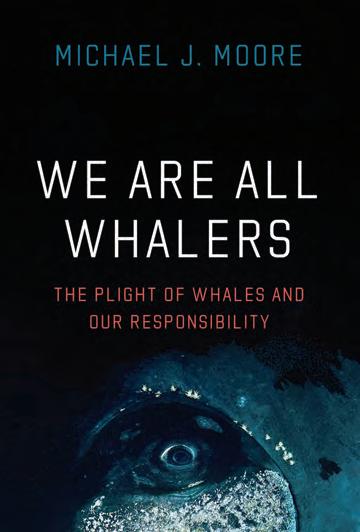
The relics of old whaling dot the Vineyard — the church in Edgartown, the antique scrimshaw on Islanders’ shelves, and the logbooks of whale ships at the Martha’s Vineyard Museum. Whaling is part of the Island’s foundational story, but few would think of it as a whaling port today.
In Moore’s view, though, we are all still basically whaling. “Few humans eat whale meat anymore, but fishing techniques unintentionally harm and kill whales,” Moore writes. “Even vegetarians contribute to the problem, as we all benefit from global shipping of consumer goods and fuel, which, in its current iteration, leads to fatal collisions with whales.”
In recent years, dead whales have been found off the Vineyard, Nantucket, and the Elizabeth Islands, several of whom likely died from entanglement. They are a fraction of the 50 that have been killed or seriously injured just since 2017, according to NOAA.
Since right whales range anywhere
WE ARE ALL WHALERS • FEATURE 38 MARTHA’S VINEYARD /WINTER–EARLY SPRING 2022
from Newfoundland to Florida over the course of a year, there’s often no telling where they become entangled, but recent estimates put the number of vertical end lines in Northeast waters at nearly a million, and the overwhelming majority of these lines are attached to lobster gear.
“The very presence of that rope creates a very significant entanglement risk for right whales, humpback whales, and leatherback turtles,” Moore said. “So, every time we as individuals purchase a lobster, whether we home cook it or eat in a restaurant, we are incrementally enabling an industry that poses a significant entanglement risk.”
Although climate change means that many more whales are spending their time in the Gulf of St. Lawrence, rather than the Gulf of Maine, the U.S. is still host to the whales’ breeding sites. “So they're moving through coastal waters in the U.S., and will be, I suspect, for as long as the species is around,” Moore said. As feeding patterns and water conditions have changed, Cape Cod Bay has become more important to whales, as have the waters south of Martha’s Vineyard.
“Conservation of endangered large whales is an endless cycle of recognizing a problem, documenting it, designing
and implementing solutions, and monitoring their effectiveness,” Moore writes. Then, when conditions change, “another turn of the cycle must begin.”
Reducing vessel strikes has proven to be more tractable than fishing without rope. Re-routing shipping lanes or setting speed limits in areas of high whale activity has been effective in some cases, especially when implemented in tandem with real time observations. But Moore warns that climate change is making the locations of whales harder to predict, and much more will need to be done to safeguard them from vessel strikes.
As for getting rope out of the water column, the problem is more existential. “Wherever rope and whales coexist, there is entanglement risk,” Moore writes. The only viable solution, and the one he’s been working to develop, is to replace vertical ropes and buoys in the water column with remotely deployed gear that can rise to the surface when triggered by a fishing boat.
Of course, many see this as not, in fact, viable — especially lobstermen. The technology is costly and still being developed, and if these new techniques are to be widely adopted, they will have to overcome intransigence of fishermen. Moore knows a few who are willing to give it a try, and hopes their success will convince a few more.
“Regulations are coming into effect to enable people fishing ‘on demand’ in areas otherwise closed for marine mammal conservation,” Moore said. “Right now there are regulatory opportunities to do that both offshore in the Gulf of Maine and in Eastern Massachusetts.
The devil is in the details, and the folks that want to do that need to get experimental fishery permits, which take a while to get.”
The people trying to solve this problem are themselves entangled in a binding of a legal sort — caught between laws old and new, which conflict with each other and make change difficult.
For example, any attempt to use remote activated trap gear has to contend with longstanding laws that require traps to be marked by a surface buoy.
“And climate change is driving offshore wind, and what's that development going to do with the fisheries and whale sustainability?” Moore asked. “We don't really know yet. It's complicated. And it'll be hard to pin the tail on the donkey as well. So, it's a glorious mess.”
In 1994, when the U.S. government amended the Marine Mammal Protection Act to limit the mortality caused by fisheries, Congress required that animal deaths not exceed a limit that would threaten a species’ survival. “For North Atlantic right whales,” Moore writes, “this limit has remained close to zero. In other words, if the species is to persist, no more whales can die.” This goal has never been met.
“The fate of these animals is in the hands of you and me in terms of our consumer decisions and our political pressures,” Moore said. “If we carry on with the status quo, I think we're in deep trouble. Think about where we're headed. We're going to be standing in season on the beach, looking out at a naked ocean. And that ain't good. So, what do we care about? That's the question.”
WHAT YOU CAN DO
Push legislators and industry to adopt ropeless gear for lobster harvesting
Check out whale sightings at whalemap.org
Learn more by visiting recent log entries from the Martha’s Vineyard real-time whale detection buoy
And listen to Northern Right Whale acoustic recordings from WHOI’s Watkins Marine Mammal Sound Database.
FEATURE • WE ARE ALL WHALERS 39 marthasvineyard. .com
Moore warns that climate change is making whales’ locations harder to predict, and much more will need to be done to safeguard them in the United States.
Making a Garden for Changing Climes
Create a low-effort, eco-aware, and gorgeous Vineyard garden.
happy together at summer’s end in dry or gravel gardens.

RIGHT AT HOME ECO-AWARE GARDEN • FEATURE 40 MARTHA’S VINEYARD /WINTER–EARLY SPRING 2022
Story by Abigail Higgins Photos by Susan Safford
'Pink Cloud’ Muhlenbergia capillaris, tawny Amsonia hubrichtii, and lavender Verbena bonariensis are
No one likes to be reminded of limits, and yet it is more and more critical to become heedful in life.
Ecological considerations must factor into all that we do: how we consume, how we live, how we raise our children, how we contribute to our communities … and how we garden.
My purpose here is not to be prescriptive so much as it is to be encouraging.
Elements
This is an island of oaks, stands of pitch pine, of frost bottoms with their shadbush and ancient scrub oaks, and native grasslands and meadows of sumac, carex, bearberry, and huckleberry. Our woods are scrubby compared to, say, Pennsylvania’s. Accept and rejoice in their contrasts.
The Island has damp woods, swamps, wetlands, and coves, supporting beetlebung, red maple, winterberry, inkberry and holly, highbush blueberry, clethra, and bulrush. Wild grapes abound. You may find swathes of skunk cabbage, ferns, geraniums, and Solomon’s seal in spring.
This is an island of dry uplands, aban-
doned fields and pastures supporting candle-flame cedars, colonies of sassafras and viburnum clumps, locust groves, all entwined by Virginia creeper. You’ll find milkweed and dogbane, panicum grasses, little bluestem, Indian grass, mullein, and a multitude of aster and goldenrod varieties.
Dunelands support aronia, beach plum, and bayberry, beach grasses, poison ivy, dusty miller, beach pea, and more goldenrod.
Each element of Island habitat is distinctive and deserves sensitive appreciation, which is why we must avoid copying what they do on the mainland. Skillful eco-aware gardening assesses the situation and works within that framework, rather than clear-cutting a preconceived vision onto poor Martha.
Hard sell
Eco-gardening on the Island involves understanding what happily grows here and will happily thrive on your site; and then putting that knowledge to use: the vocabulary and palette.
Eco-gardening does not exact a pledge to use only native. However, the variety of garden-worthy native plants available in
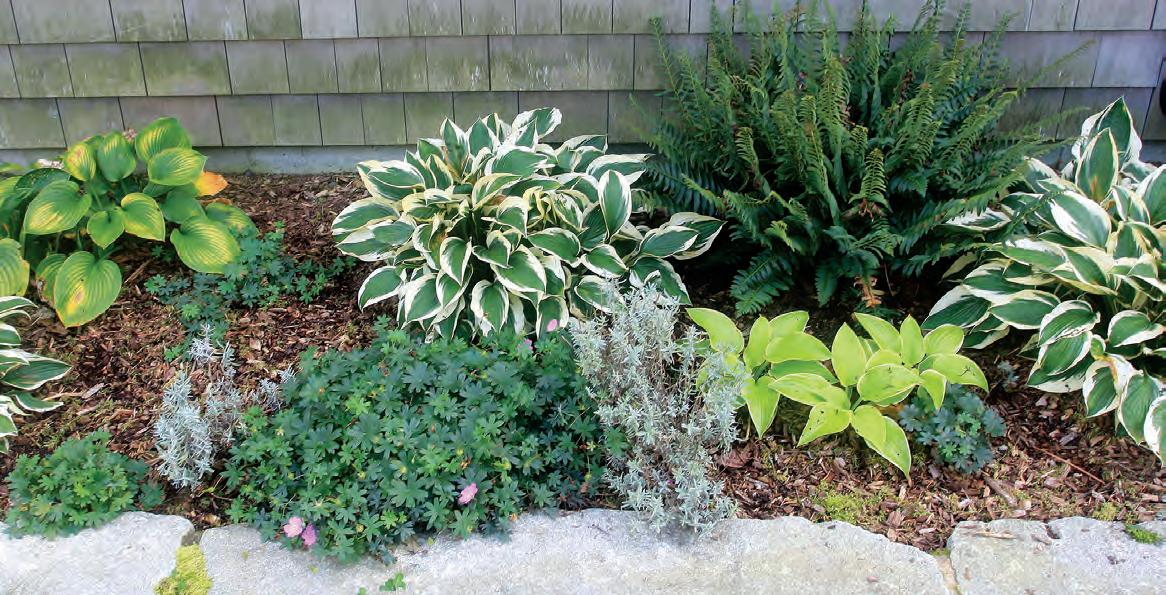
the trade will increase and become much wider if knowledgeable gardeners buy and use them effectively.
However, let’s make the case for enticing gardeners and property owners to come around to the view that sees eco-gardens as more, not less. More pollinators; more support for wildlife that shares its home with us; more appreciation and respect for the integrity and inherent beauty of Island landscape.
Look around: What you see is gorgeous,
FEATURE • RIGHT AT HOME ECO-AWARE GARDEN 41 marthasvineyard. .com
"Each element of Island habitat is distinctive and deserves sensitive appreciation, which is why we must avoid copying what they do on the mainland."
Time to start planning that garden.
3.
‘Shenandoah’ behind over-wintering Senecio ‘Silver Dust.’

PLANT LIST
Trees & Shrubs:
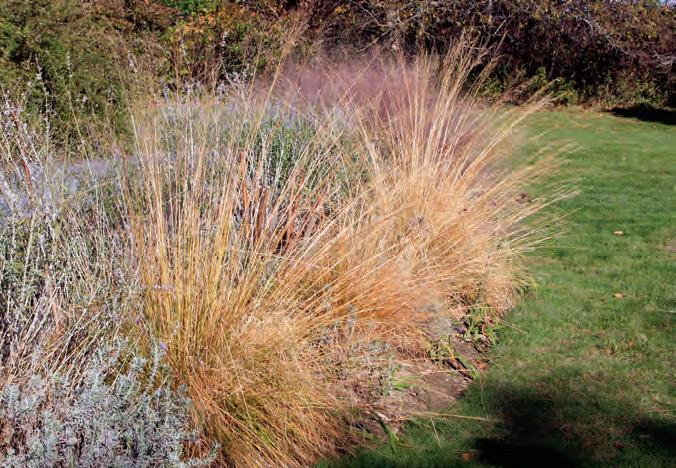
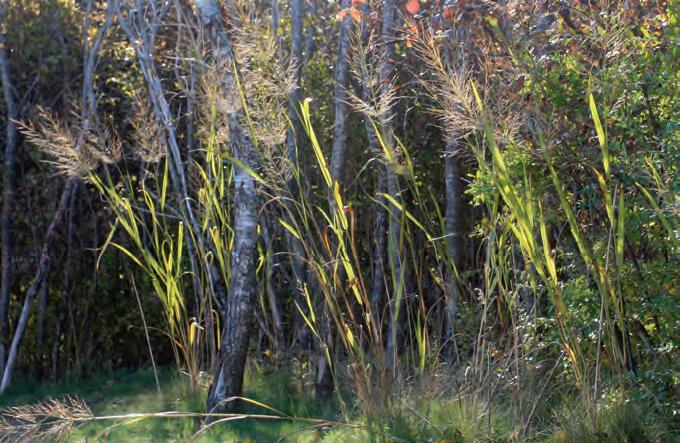
Oxydendrum arboreum; Tilia tomentosa ‘Sterling’
Buxus ‘Tide Hill’
Ilex crenata ‘Steves’
Hydrangea lacecap (unknown); Hydr. quercifolia ‘Snow Queen’
Clethra alnifolia ‘Hummingbird’
Viburnum carlesii ‘Compactum’
Rosa ‘Knockout’
Hibiscus syriacus (unknown)
Hypericum ‘Hidcote’
Ass’t: Vaccinium corymbosum
Caryopteris ‘Longwood Blue’
Aronia arbutifolia ‘Brilliantissima’
Elsholtzia stantonii
Salvia rosmarinus ‘Arp’
RIGHT AT HOME ECO-AWARE GARDEN • FEATURE 42 MARTHA’S VINEYARD /WINTER–EARLY SPRING 2022
"This is an island of dry uplands, abandoned fields and pastures supporting candleflame cedars, colonies of sassafras and viburnum clumps, locust groves, all entwined by Virginia creeper."
1. Panicum virgatum ‘Cloud Nine.'.
2. Sporobolus heterolepsis.
1 2 3
Panicum virgatum
and with an evolving sensibility, highly garden worthy.
Edit: Learn to recognize and appreciate plants where one lives and gardens. If wholesale land clearing does not eliminate them, naturally occurring combinations of vegetation often provide unexpected beauty.
Be informed: Know which invasives quickly take over and create problems (including bird-sown — Martha’s Vineyard is bird heaven); and know which plants are resistant to deer and rabbits.
Inputs
Eco-gardening on the Island, and elsewhere, involves learning to be water-wise and limiting “inputs,” which is techno-speak for additional energy-intensive products, techniques, and substances. Inputs urge plants that otherwise could not thrive here to grow outside their innate preferences.
Inputs are irrigation, fertilizers (both organic slow acting, and chemical fast acting), fungicides, pesticides, and herbicides. Gardens and landscapes dependent upon them are on life support: unsustainable in changing times.
Likewise, it is environmentally desirable that biomass, generated by cutting or pruning, remain there, returning nutrients to the soil via composting.
Everything we use to garden and
Perennials & Grasses:
Muhlenbergia capillaris
Sporobolus heterolepsis
Panicum virgatum & P.v. ‘Shenandoah’
Polystichum acrosticroides
Ass’t: hostas
Mukdenia rossii ‘Crimson Fans’
Geranium sanguineum
Lavandula ‘Munstead Strain’
Gaura ‘Whirling Butterflies’
Ass’t Nepeta cvs
Salvia ‘May Night, ‘Blue Hill’
Echinops bannatus
Ass’t Hylotelephium (sedum)
Platycodon
Asclepias tuberosa
Amsonia hubrichtii
landscape goes somewhere, carried along by water migrating through soil, or taken to the landfill.
That ‘somewhere’ is an aquifer, a bay, a pond, a harbor, or greater body of water where we want to be able to fish, shellfish, swim, sail, and share with our children and pets. Our own bodies are also part of that ‘somewhere.’ (See the Martha’s Vineyard Commission’s “Blue Pages” for a detailed explanation of how best to protect our waters).
Irrigating sandy, fast-draining typical Island soil leads to water waste, erosion, and contamination of Island bays and ponds.
Clear cutting woodland and destroying ground covering vegetation only adds to environmental insult.
The first law of ecology is “Everything Goes Somewhere.” Effluent, fertilizer, pesticide and herbicide, casually bought at the hardware store, and casually applied to lawn and garden.
Lawn Culture
Fertilizer manufacture and application are enormous users of energy and producers of greenhouse gas. Our love affair with over-fertilized and over-watered lawns, the diseases they then experience, and the toxic ’cides consequently needed to control them, are part of this obsession. The Vineyard is not turfgrass country
Heliopsis
Ornamental oregano
Ass’t asters
Dinnerplate hibiscus hybrids
Heuchera ‘Plum Pudding’
Ass’t coreopsis
Phlox paniculata ‘Miss Holland’
Annuals:
Senecio maritima
Verbena bonariensis
Digitalis purpurea
nor does it have a turfgrass climate.
It has become standard practice to install irrigation, which is touted as a way to add to property values. This often involves aspiring to an area, as large as possible, of velvety green golf-course-like turfgrass, maintained by hired crews, who may be unaware of regulations intended to protect ecosystem quality, and our health.
The alternative is, of course, the Vineyard lawn: less “mowing and blowing,” smaller, conserving water, and no lawncare chemicals.
Functional Eco-gardening
Among the images accompanying this article is an easy-care garden, well within the abilities of home gardeners and pros alike. It’s possible to maintain a garden like this at an annual cost of $3,500. Drought tolerant plants grow in full sunshine while shaded beds hold shade tolerant ones. Inputs are minimal and infrequent, including: mulch, composted manure if you plant roses, deer and rabbit repellent, and about 50 pounds of low-number organic soil food (fertilizer) spread over seven beds of varying sizes.
The garden receives only rainfall, although hose watering was done initially for establishment. The garden’s struggling pre-existing shrubs were shifted to better-suited locations.
RESOURCES
Polly Hill Arboretum — pollyhillarboretum.org
(see their great page about fertilizer regulations)
Native Plant Trust — nativeplanttrust.org
Vineyard Conservation Society Almanac
Keith and Spongberg:
“The Flora of Martha’s Vineyard,” “Island Life”
FEATURE • RIGHT AT HOME ECO-AWARE GARDEN 43 marthasvineyard. .com
Simple, Smart, Sustainable Handbook
RECYCLING
All 6 towns have the same rules for what can and can’t be recycled.
WHAT YOU CAN RECYCLE
RULES: Empty, clean, wash; no caps or lids
• Metal cans
• Plastic containers (bottles, jars, jugs, and tubs)
• Glass containers (bottles and jars; NO ceramics OR window panes)
• Paper and paperboard, corrugated cardboard (empty and flatten, remove packing tape) Includes office paper, junk mail, newspapers, magazines, paperboard boxes; NO shredded paper, pizza boxes, waxed boxes, or books with bindings)
WHAT YOU CAN’T RECYCLE
• Recyclables in a garbage bag
• Garbage
• Plastic bags or plastic wrap
• Food or liquid
• Styrofoam items or packaging materials
• Clothing or linens
• Tanglers (hoses, wires, chains, electronics)
TRANSFER STATION RULES
Aquinnah, Chilmark, Edgartown, West Tisbury
Dual sorting system: Cardboard and paper go together
Plastic containers, tin cans, aluminum cans and glass go together
Oak Bluffs and Tisbury (local drop off):
Dual sorting system: Cardboard, newspaper and paper go together
Everything else single stream
Oak Bluffs Bruno’s Drop-off
Dual sorting system
• Separate cardboard
• Everything else single stream
• Bruno’s and ABC’s Pick-up Recycling Rules
• Single bin, don’t need to separate materials
West Tisbury (local drop off) Recycling
Shed (a.k.a. the 'Dumptique' ):
• Clothing, clean and usable
• Shoes and boots
• Books
• Small household Items — NO furniture or appliances
• NO childrens’ toys or clothes
Not sure?
If you’re unsure about whether something is or is not recyclable, you can ask an attendant. If there isn’t anyone to ask, it’s better to throw it out. If recycling bins are contaminated with too many nonrecyclable materials, the entire bin will be thrown out.
COMPOSTING
Compost buckets available for free at IGI’s offices in West Tisbury or at town transfer stations. To request a bucket, email office@igimv.org or call 508-687-9062.
• Drop-off locations (currently free or for small fee)
• Transfer stations in all towns except Aquinnah
• Chappy ferry dock
• IGI’s farm
• Bonus! Bring eggshells and coffee grounds only to North Tabor Farm and Wise Owl Farm
The best way to reduce food waste is to shop and cook mindfully, repurpose foods that are not so fresh (smoothies! soup!), and reorganize your fridge so you are more aware of perishable items.
ACCEPTED ITEMS
• All meat and fish (including bones, lobster shells, and egg shells)
• All dairy
• Grains, nuts, seeds, flour products
• Fruits and vegetables
• Tea bags (staples removed)
• Coffee grounds and coffee filters
• All flowers
• Paper napkins and paper towels (unless they were used with toxic products that won’t break down under high heat)
UNACCEPTABLE ITEMS
• Large amounts of oyster, clam, littleneck, mussel shells
• (Contact the M.V. Shellfish Group: mvshellfishgroup.org)
• Fat/oil/grease (small amounts from leftover food is fine)
• Plastic or trash of any kind
VOLUNTEERING
Polly Hill Arboretum grounds volunteers. Starting in June, volunteers are welcome to work with staff at the 70-acre West Tisbury public garden on activities like planting, pruning, weeding, and mulching. Contact Ian Jochems for more information at ian@ pollyhillarboretum.org.
Glean with Island Grown Initiative
Island Grown Initiative works to build a regenerative and equitable food system on Martha’s Vineyard. Volunteers can help IGI harvest fresh local produce for Islanders in need. No experience needed. Gleaning takes about two hours and volunteers may keep a share of the harvest for themselves. To sign up, go to igimvg.org/volunteer.php.
Great Pond Foundation focuses on enhancing the health of the Edgartown Great Pond. Volunteers are encouraged to assist with their Ecosystem Monitoring Program and educational outreach events, aiding in water quality and biodiversity data collection, conducting surveys of pond species, helping staff with demonstrations of scientific concepts, and assisting with science communication. For updates on
‘KEEP-THIS’ SIMPLE, SMART, SUSTAINABLE HANDBOOK 44 MARTHA’S VINEYARD /WINTER–EARLY SPRING 2022 ‘ KEEP-THIS ’
Recycle, compost, volunteer, write your rep, buy secondhand.
volunteer opportunities, email science@ greatpondfoundation.org.
People come to the Community Greenhouse of MV in Oak Bluffs to gather and grow food and plants and learn together. There are a range of year-round volunteer opportunities for all mobilities and levels of expertise. Volunteers can work inside and outside to help with weeding, pruning, seeding, planting, and beautifying plants; members can also pick fresh produce. For updated information, visit marthasvineyardgreenhouse.org/
REPRESENTATIVES
Got something to say about pending legislation? Call your elected officials:
State Governor
Charlie Baker: 617-725-4005;
Twitter: @MassGovernor
State Senator
Julian Andre Cyr: 617-722-1570; Julian.Cyr@masenate.gov;
Twitter: @JulianCyr;
State Representative
Dylan A. Fernandes: 617-722-2013; dylan.fernandes@mahouse.gov;
Twitter: @RepDylan.
Federal Senator
Ed Markey: 617-565-8519;
Twitter: @EdMarkeySenator
Elizabeth Warren: 617-565-3170;
Twitter: @SenWarren
Representative William R. Keating: 508-771-6868;
Twitter: USRepKeating
SECOND-HAND STORES
Chicken Alley Thrift Shop: 38 Lagoon Pond Rd, Vineyard Haven; chickenalley.org
Martha’s Closet: 79 Beach Rd #9, Vineyard Haven; 508-696-5488
Second Treasures MV: 61 Beach Rd, Vineyard Haven; secondtreasuresmv.com
The 'Dumptique,' West Tisbury Transfer Station
Want something else included? Email us at editor@bluedotliving.com
FIELDNote
To: Bluedot Living
From: Tim Boland, Polly Hill Arboretum
Subject: Native Plants, Native Places: The Red Cedars
As I explore the winter landscape of Martha’s Vineyard, one of my great joys is noting the diversity of forms and colors of our native red cedar, Juniperus virginiana. Abundant on the Island, red cedars grow in fallow fields, along fence lines, and in numerous other sunny locations where they are able to establish themselves. The tree commands attention for its distinctive individuality, and here on the Vineyard and elsewhere over its wide range in eastern North America, its columnar habit punctuates grassy fields and serves as a reminder of both our agricultural past and the pioneering spirit of nature.
The juvenile foliage of the red cedar, often described as “awl-like,” has a piercing-sharp point at the apex of each leaf or needle. This characteristic helps to protect the new growth from animal browse. The foliage matures to a scale-like shape, flat and smooth, and not so prickly. The tough, waxy outer coating of the mature needles is an adaptive strategy that reduces water loss, giving this tree a drought-tolerant constitution. In a welldrained and sunny location, few trees offer the resilience of an established red cedar. As the tree endures season after season of drought, salt spray, wind, rain, ice, and snow, it develops its own unique character; the rewarding punishment of time.
Vineyard birds relish the waxy, metallicblue cones produced by female trees; indeed, the cedar waxwing is one of the red cedar’s most fervent fans. The fleshy cones are often described as “berrylike” and contain one or two hard-shelled seeds that mature over the course of one season. In the winter months, yellow-rumped warblers, European starlings, gray catbirds, and northern mockingbirds consume the fleshy seed cones. The Bohemian waxwing, which has only been recorded on the Island three or four times, has also been reported feeding on red cedar. Local naturalist Matt Pelikan reports
that a beautiful butterfly called the juniper hairstreak (Callophrys gryneus) feeds on the leaves of the red cedar. In Matt’s words, “The hairstreaks are reasonably common on Martha’s Vineyard with a flight in May and another in late July/early August. It's rare to find a juniper hairstreak more than a few yards from a red cedar, and they spend most of their time perched on the tips of branches. The classic way of finding them is by shaking a cedar tree to make the butterflies fly off.”
Because red cedar is ubiquitous in the natural landscape, homeowners may neglect its use in the cultivated landscape where its tough adaptive characteristics and its beautiful ornamental qualities could be more widely employed. Its usefulness as a screen or wind buffer should not be overlooked, although deer browsing often results in a lower skirt of damaged branches on larger plants. Should this occur, gardeners can simply cut back the damaged twigs or branches to the trunk to reveal its handsome gray-brown exfoliating bark. In addition to its landscape value, the wood of the red cedar is prized for fence posts, pencils, and cedar closets.
Keep an eye out this winter for the diversity of cedars that populate the Island. Also, be sure to visit the Polly Hill Arboretum to see our native red cedars and enjoy the diversity of other conifers growing in our collections.
Contributions from Matt Pelikan, BiodiversityWorks — Martha's Vineyard Atlas of Life Program Director, republished in part from Meristems, the newsletter of the Polly Hill Arboretum.
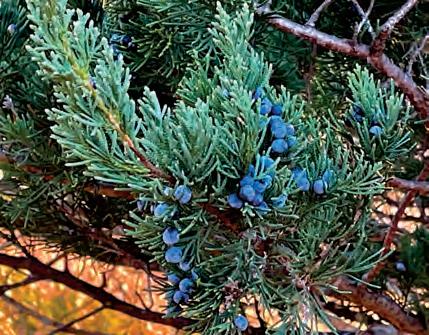
FIELD NOTE 45 marthasvineyard. .com
Fruits on Red Cedar.
chemicals. Others heat the natural latex and add 2 to 5% of charcoal, zinc oxide, or sulfur — the preferred natural choice. Here on Martha’s Vineyard, Ocean Breeze sells Ergovea mattresses, which are 100% organic and natural latex. “As people realize the benefits of certain materials such as natural latex, the mattresses are really growing in popularity,” owner Bethany Scanlon says. “Natural latex is a bit bouncier than a memory foam mattress, but still gives you all the support you would want and need.”
Buying bedding
Let’s get into the sheets. While mattress companies are pretty opaque, bed linen companies tell us a ton. Look at the company’s About Us section on their website — it’s usually revealing. I’m confident buying bedding if I see a few key terms and explanations:
• Organic
• Regenerative agriculture
• Discussion of chemicals and dyes they are using in their manufacturing –making sure they are not harmful to the planet, factory workers, or consumers
• Traceable supply chain

• Some mention of labor rules/standards/ human rights/women’s rights
• Discussion of manufacturing — water and energy use awareness
• Shipping – carbon offsets, responsible shipping/packaging practices
• Awareness/conversation about waste/ recycling
• Giving back — who they support
• Respected certifications (see box)
Unfortunately, finding great sheets is trial and error. It is impossible to know if a product is great for you until you’ve tried it. Or at least felt them, which you can do at a few stores here on the island which sell organic sheets: Lauren Morgan, Ocean Breeze. Le Roux at Home. Vineyard Decorators offers linen sheets and duvet covers — linen is widely considered one of the most sustainable fabrics. My mom recently purchased some organic cotton sheets

then try for the dream sheets again when they wear out.
Buying pillows and comforters
I assumed that the feathers in my down products were benign byproducts of birds. Not so. Some down feather products are from birds that have been force-fed or live plucked. So, if you like a down pillow or duvet, make sure that the pillow you are buying is Responsible Down Standard
for her bed and her guest room. These sheets ticked all the right boxes in terms of best labor and farming practices. She thought they were great because they were so heavy, but then a friend slept on them and thought they were, “Crunchy.” My point? Bed linens are personal. I love our sheets. My husband says they are too “loud” because they make noise when one of us rolls over in our sleep. Alas, we’ll see how long these last and
Certified or has a Global Traceable Down Standard. This means the animals were not “subjected to unnecessary harm.” If you really want to rest easy, buy a natural latex or responsibly harvested kapok pillow.
Speaking of duvets, there are now fabulous wool duvet inserts that have the added benefit of weighing more than a down duvet. Heavy or weighted blankets have been shown to reduce symptoms of anxiety, improve sleep quality, and relieve depression. In the winter, I sleep with a 30-pound wool blanket that my godparents gave me 21 years ago. It’s a dream.
Ok, if you have not yet drifted off, the last thing I will leave you with is this simple thought:
Better choices = better sleep.
I mean this sincerely. Knowing that I’ve taken the time to investigate and invest in products that simultaneously support the planet, the people who made them, and my family, brings me peace and truly helps me to sleep better.
Sweet dreams.
ROOM FOR CHANGE: THE BED
Continued from page 31
46
I assumed that the feathers in my down products were benign byproducts of birds. Not so. Make sure that the pillow you are buying is Responsible Down Standard Certified or has a Global Traceable Down Standard. If you really want to rest easy, buy a natural latex or responsibly harvested kapok pillow.





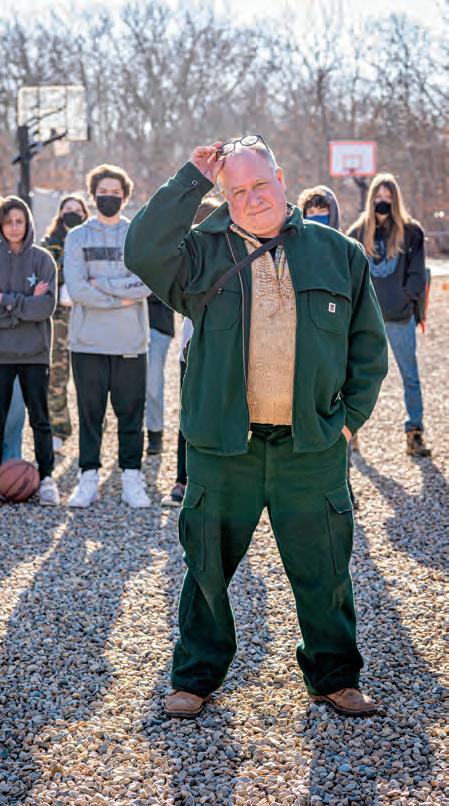

VINEYARD SIGN UP AT marthasvineyard.bluedotliving.com
MARTHA’S
Maidoff's daughter, Bella, on a Charter School climate trip to Alaska.
LOCAL
It’s been 25 years since Jonah Maidoff joined the Martha’s Vineyard Public Charter School in its inaugural year. The Charter School has always promoted experiential learning, but Maidoff has been instrumental in making sure environmental education and nature appreciation were a part of that experience. With Maidoff’s zeal, and a little help from the Martha’s Vineyard Vision Fellowship, Charter School students have paddled the West Branch Penobscot River, hiked the Appalachian Trail through the White Mountains, monitored permafrost in Alaska, and studied sustainable farming in Cuba. That’s not even to mention the impactful work they’ve done right here on the Island.
As an environmentalist and an educator, Maidoff followed in the footsteps of his mother, who studied the relationship between environmental education and children’s cognitive development.

Maidoff’s own childhood escapes from Manhattan gave him the freedom to wander the creeks of Pennsylvania, then the woods of Maine. It was there in the shadow of the White Mountains that Maidoff came to understand the places he loved were also threatened. “That’s become part of my mission in my life,” Maidoff says, “helping young people grow to love the natural world around them.”
Jonah Maidoff
In the Charter School’s early years, Maidoff instituted the tradition of a “walkabout,” in which students spend a week hiking, camping, and exploring the outdoors. Maidoff also leads trips during the school’s spring project period. “I think if we’re going to maintain the health of the planet, we need to learn to love it,” Maidoff says. “I don’t think we can learn to love it if we’re not experiencing it.”
Maidoff has received two commendations from the Massachusetts State House for environmental curriculum-writing. Alongside fellow teachers, Maidoff designed a multidisciplinary middle/high school curriculum centered around human impact on the environment. In 2015, that class raised funds to travel to the United Nations Climate Change Conference, but the trip was canceled following the terrorist attacks on Paris. The next year, with the help of Island Grown Initiative, the class co-opted an Oregon bill creating a farm-to-school program. The now-beloved “Farm to School Month” was promptly signed into action by the Baker-Polito administration.
In partnership with environmental educators at Felix Neck, Maidoff also helped launch Martha’s Vineyard’s first Youth Climate Summit, which brought together more than 200 students from across the Island to discuss climate issues. Those
Continued on page 47
48 MARTHA’S VINEYARD /WINTER–EARLY SPRING 2022
Story By Kelsey Perrett
Photo By Jeremy Driesen
LOCAL HEROES
HERO
Jonah Maidoff and his Charter School students.

Farley Built, inc. www.farleybuilt.com 508 645-7800

Member FDIC | Member DIF mvbank.com Every day we are committed to working with the community to inspire action that helps preserve our home. From the Vineyard Conservation Society Earth Day Beach Clean-up on April 23rd to Martha’s Vineyard Community Services’ Electronics Disposal Day on May 14 th and more, find out how we’re pulling together for the planet every day at local.mvbank.com. every day should be earth day.






























































 by Kevin McGrath
by Kevin McGrath















 STORY AND RECIPES BY CATHERINE WALTHERS
STORY AND RECIPES BY CATHERINE WALTHERS



















